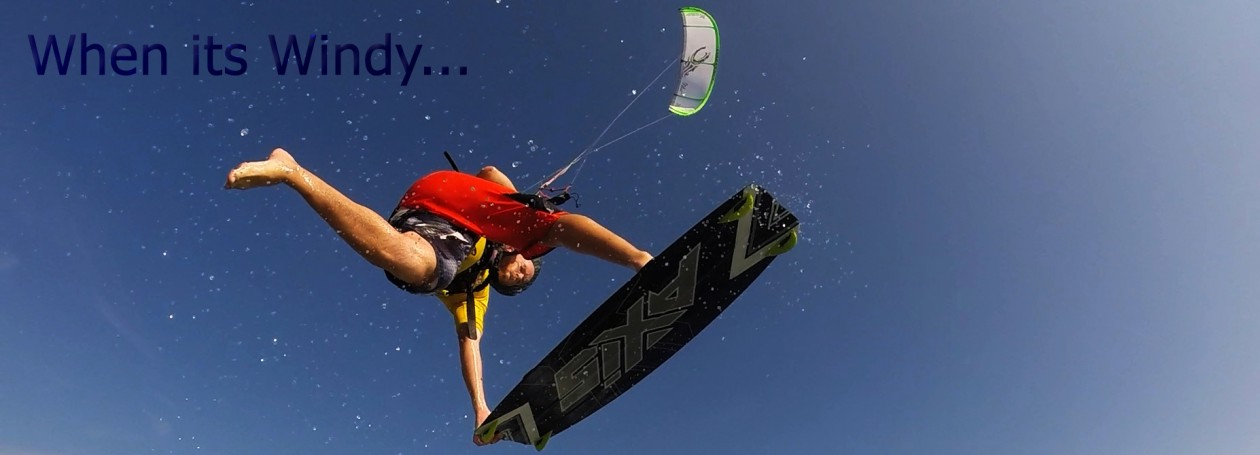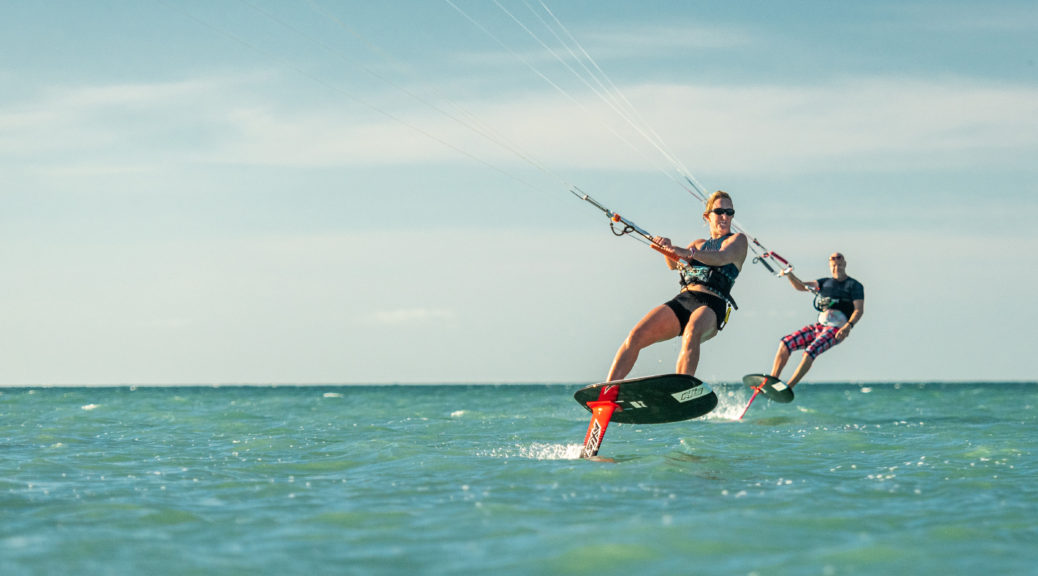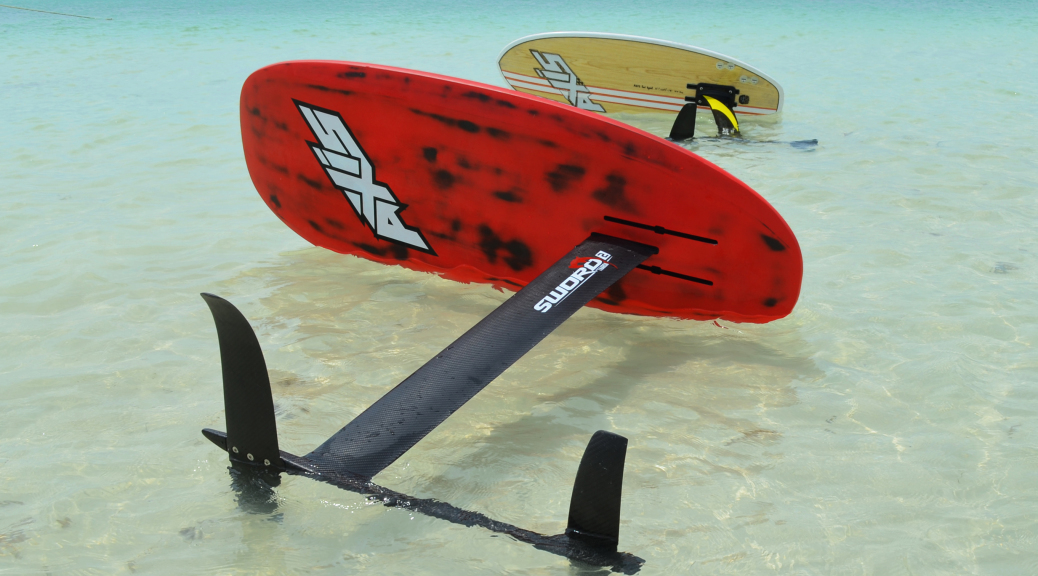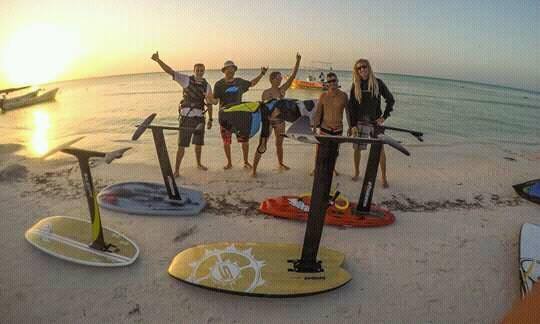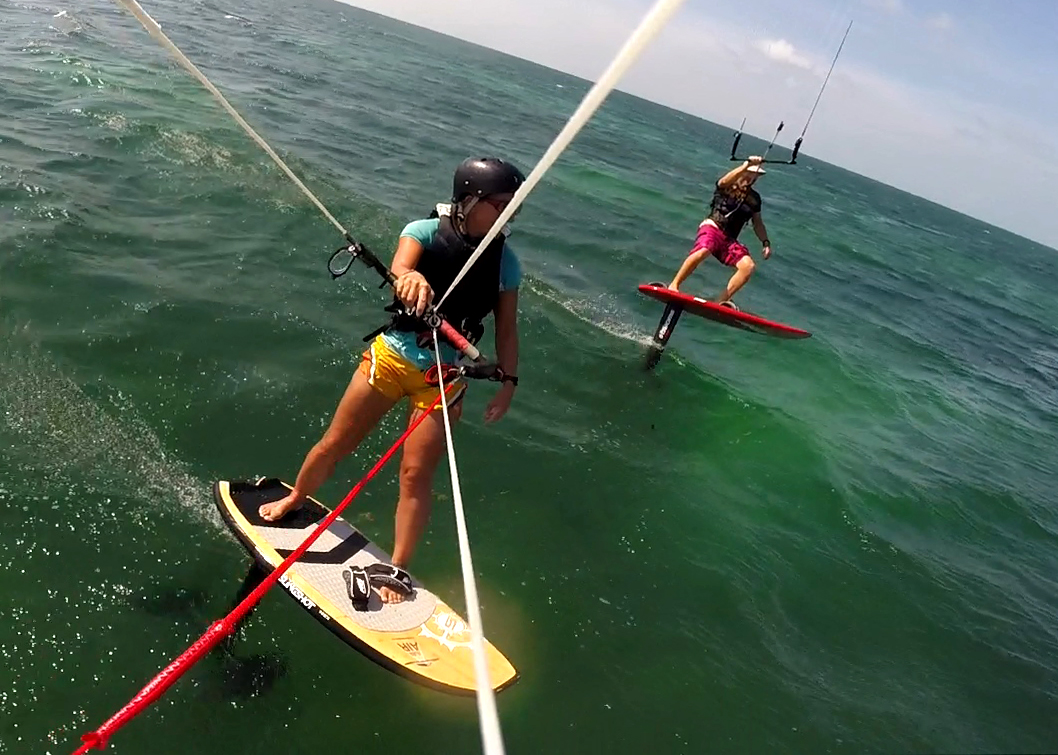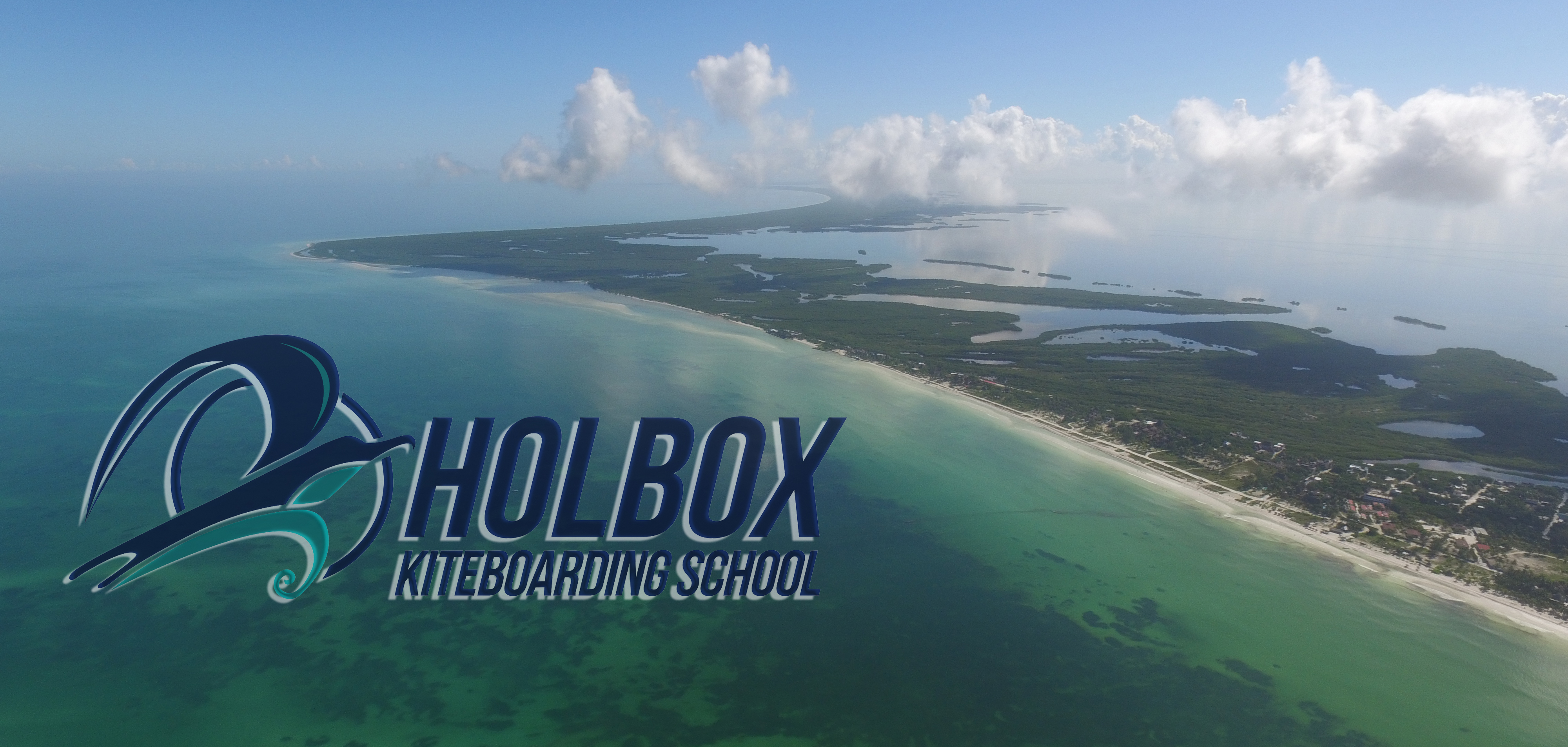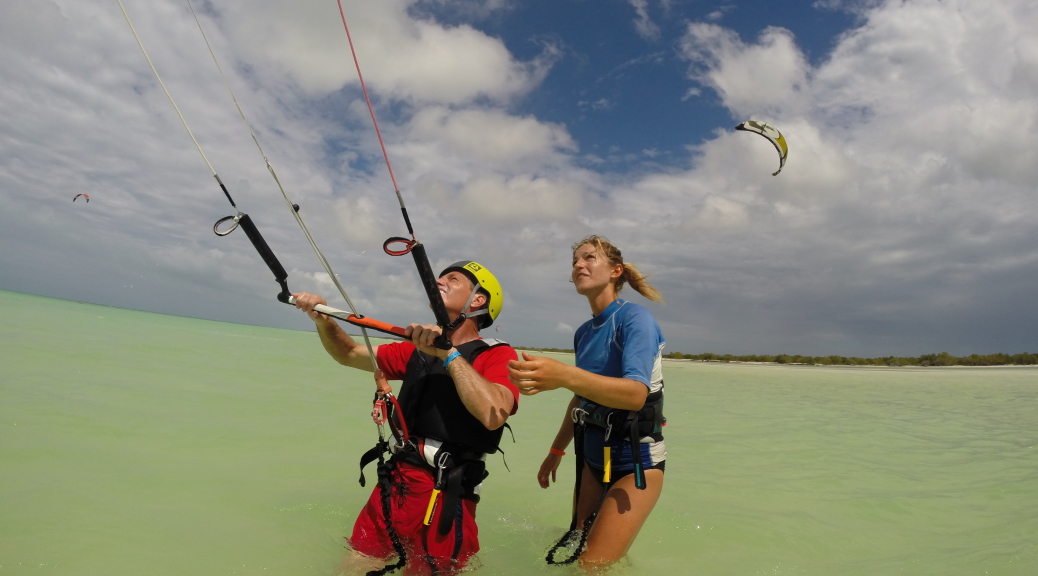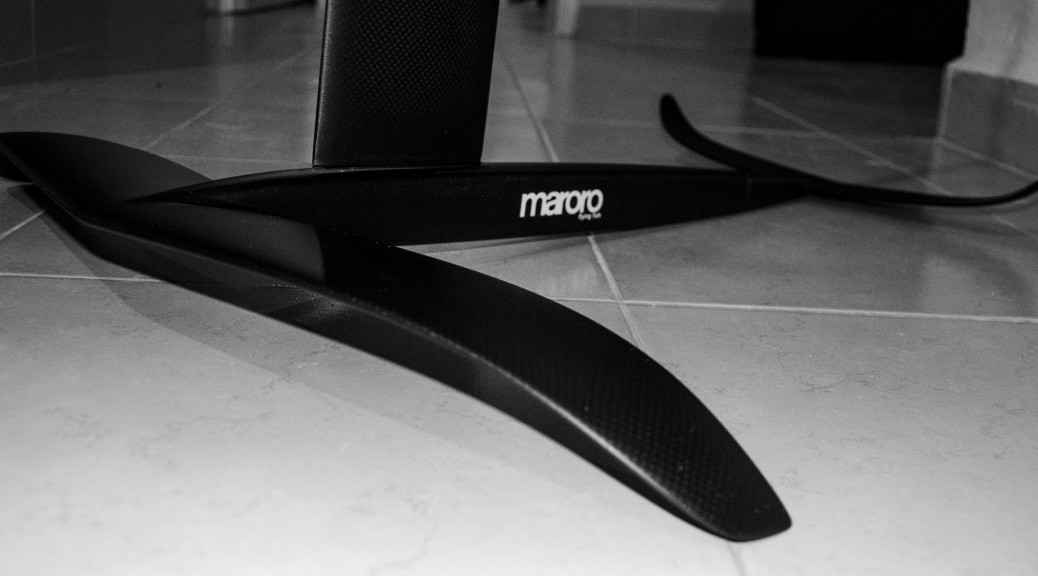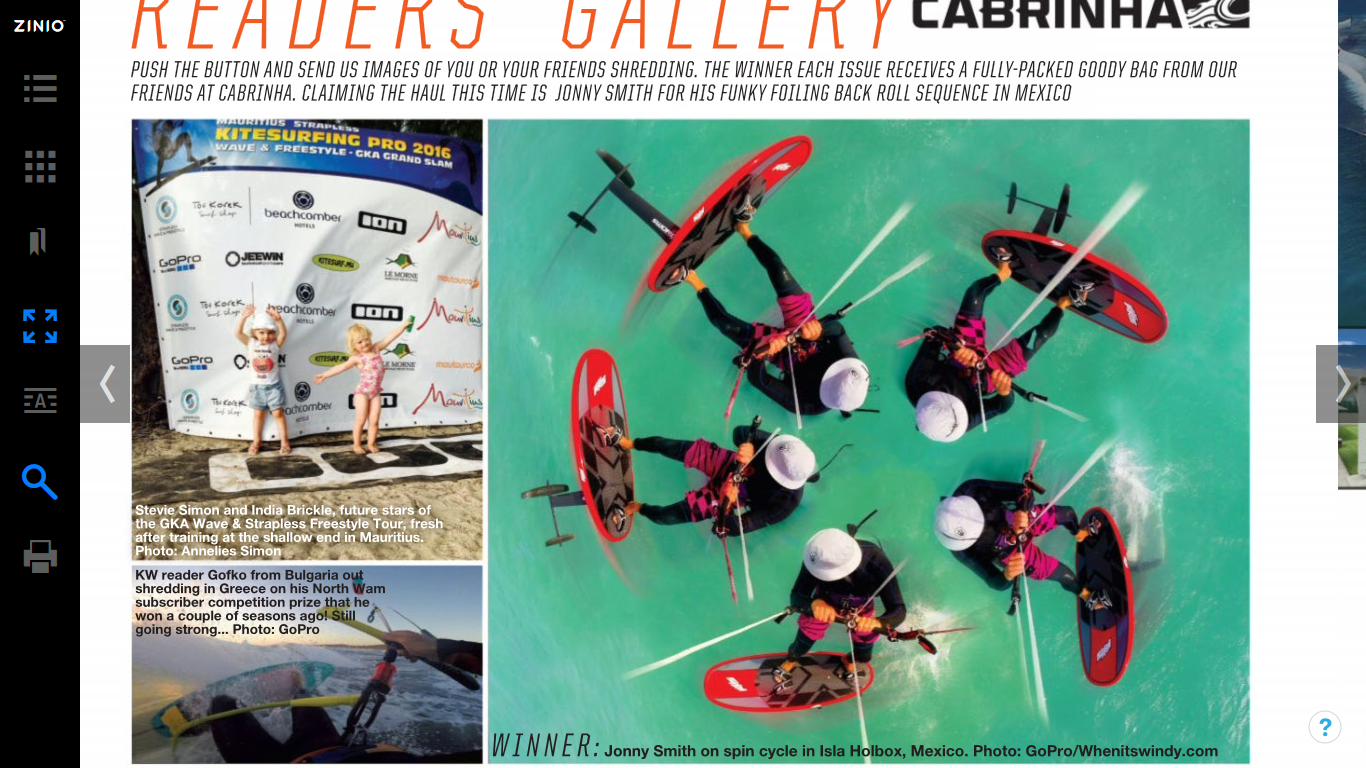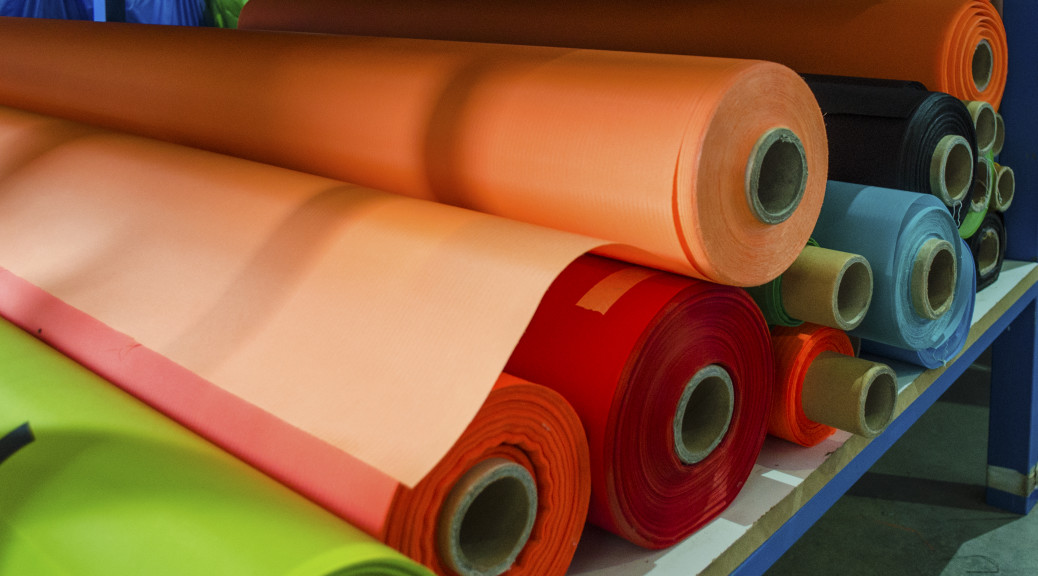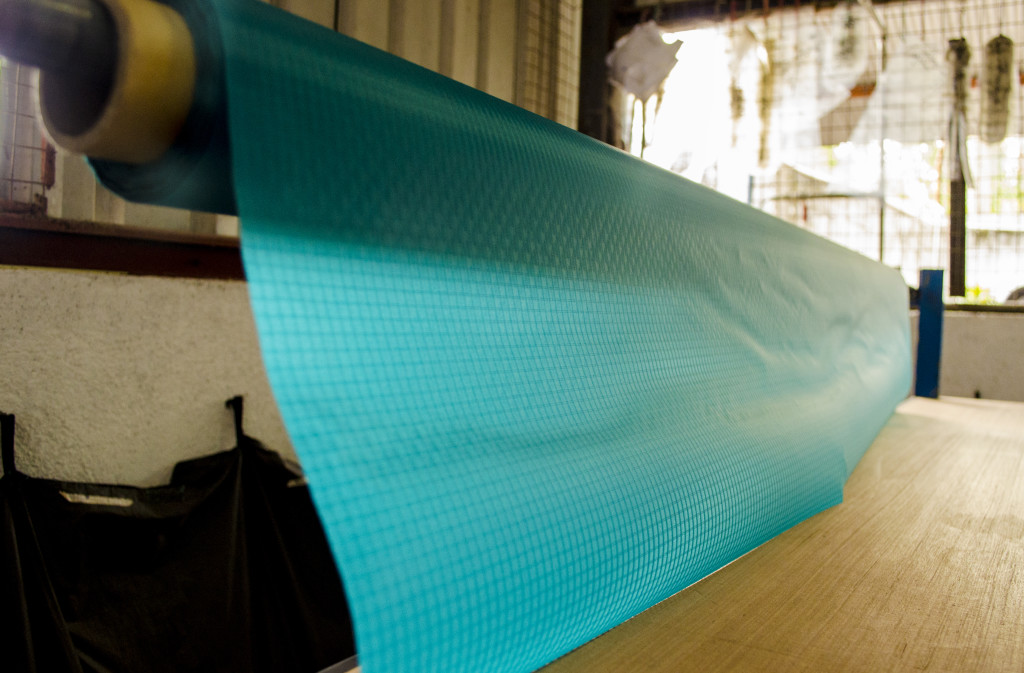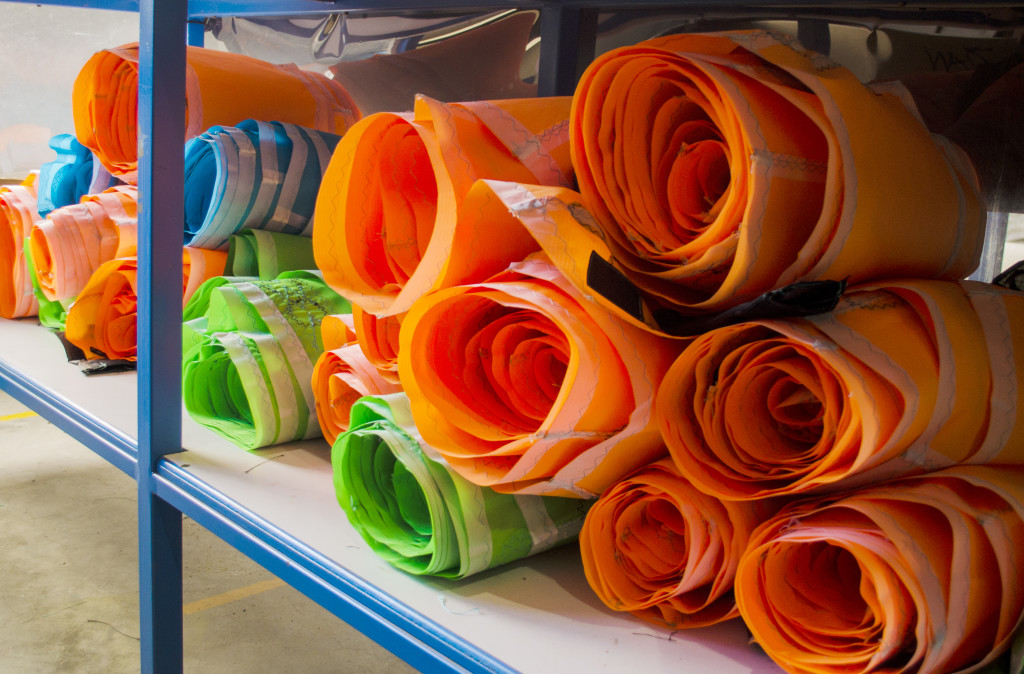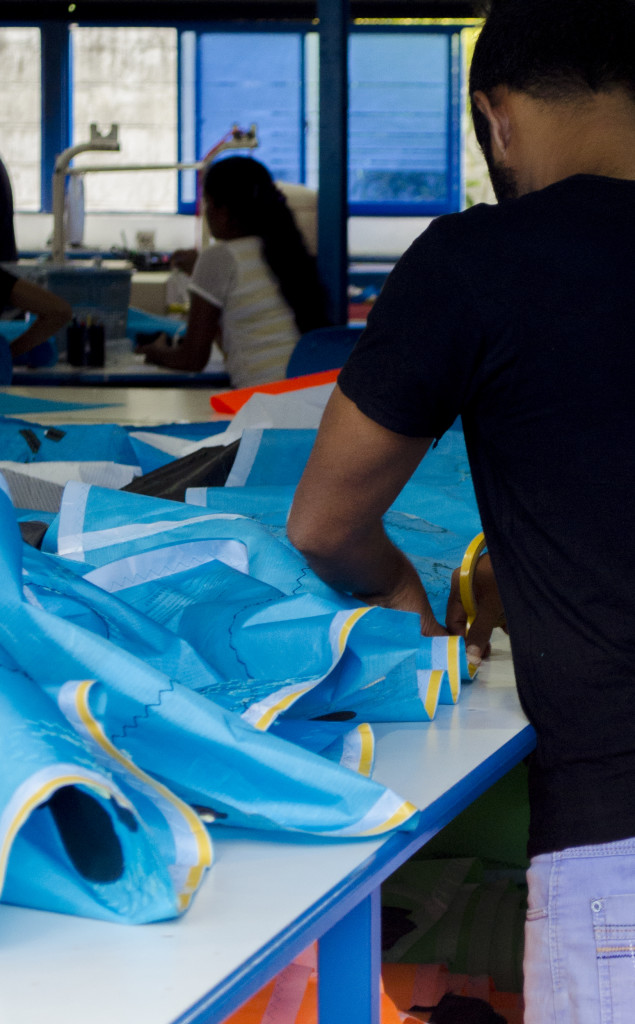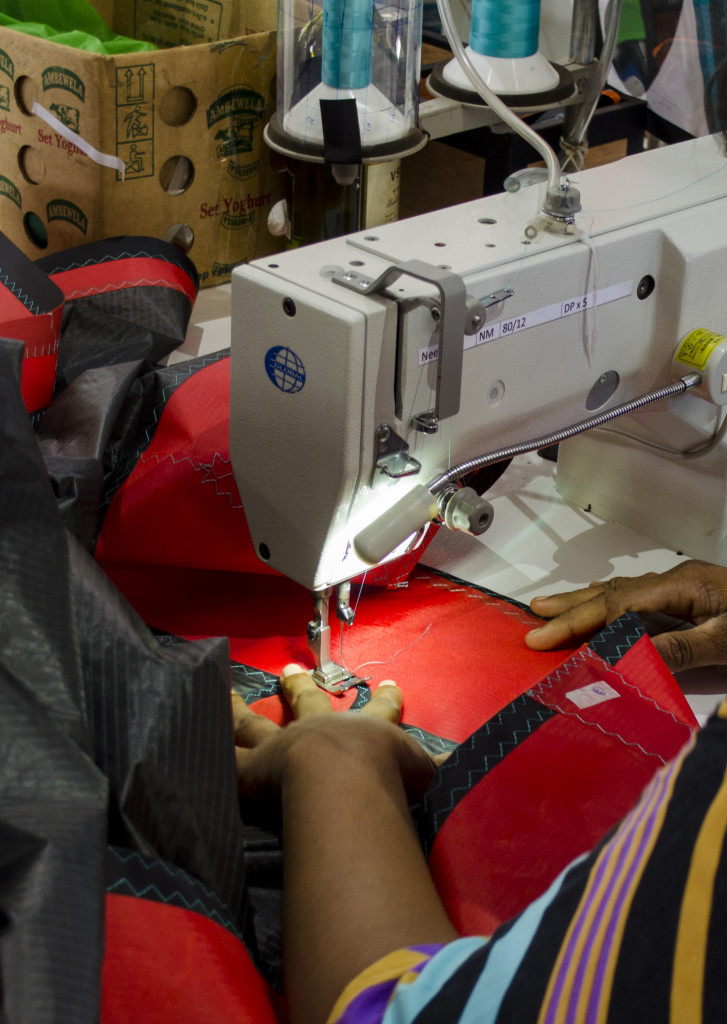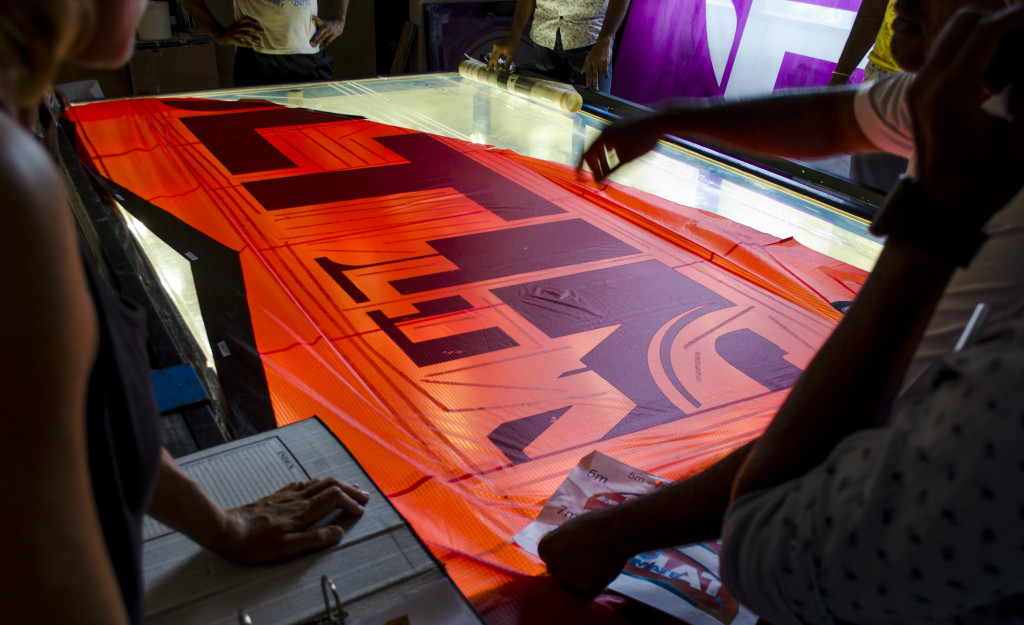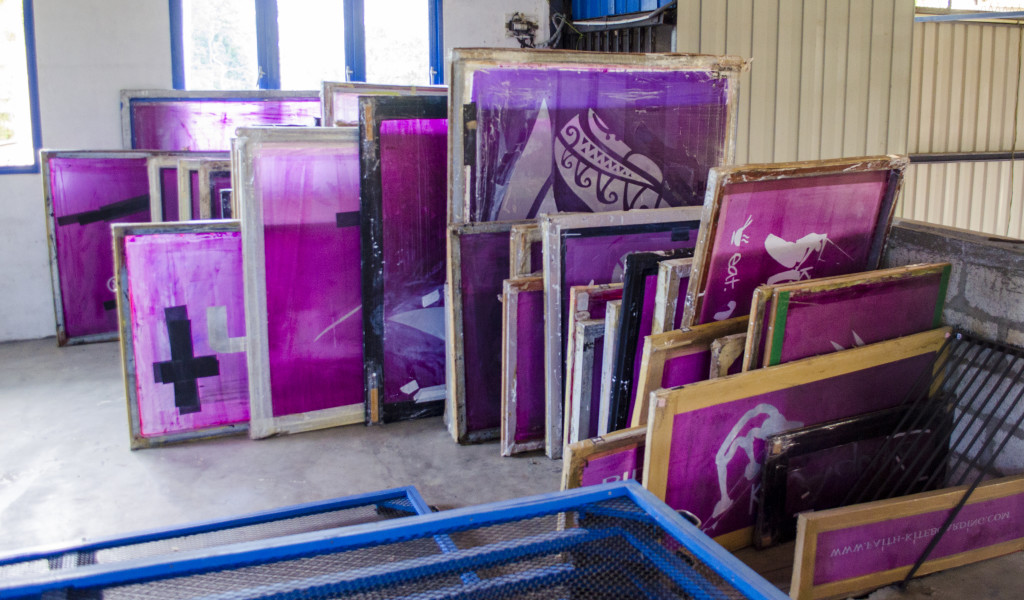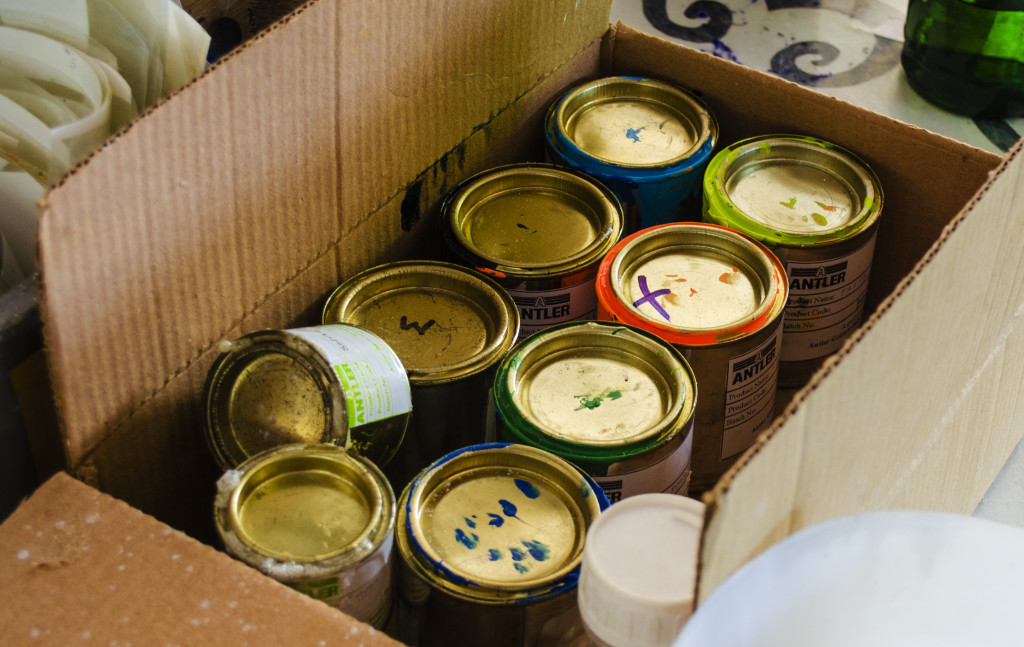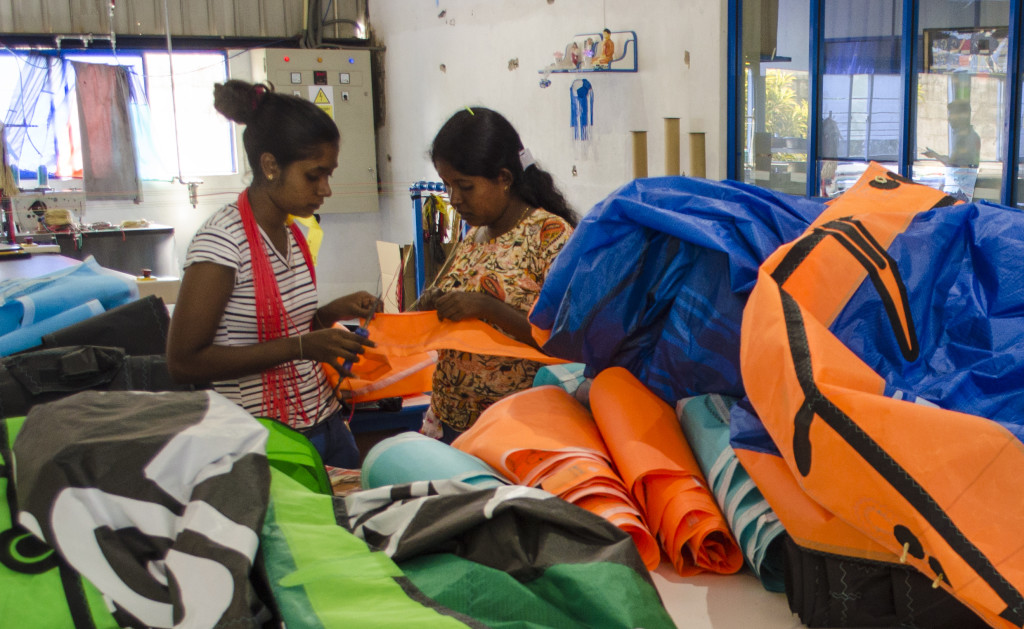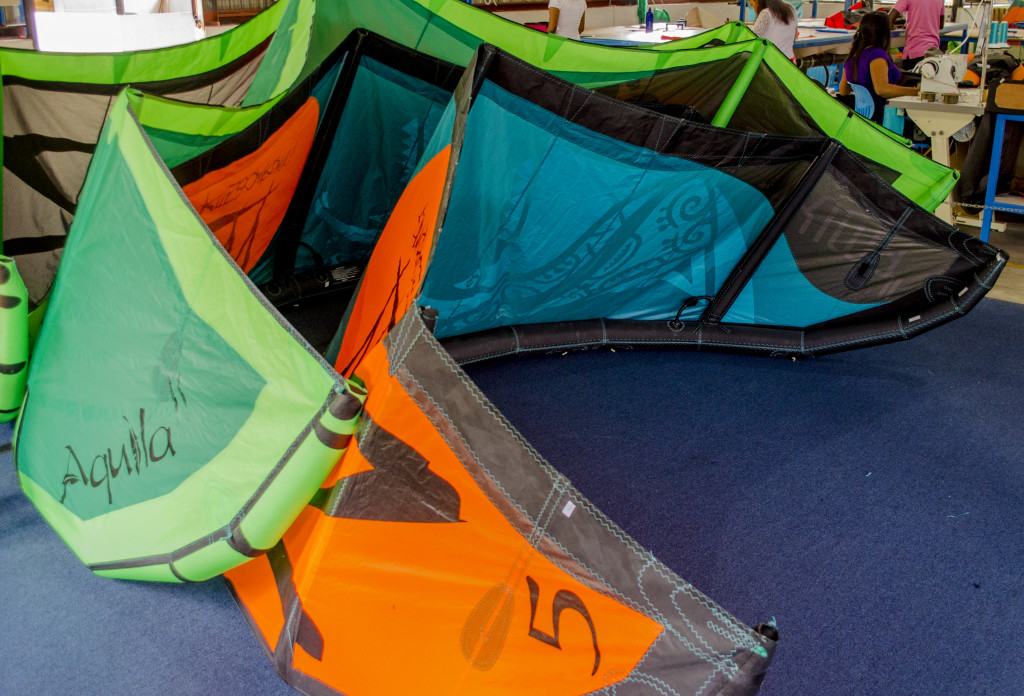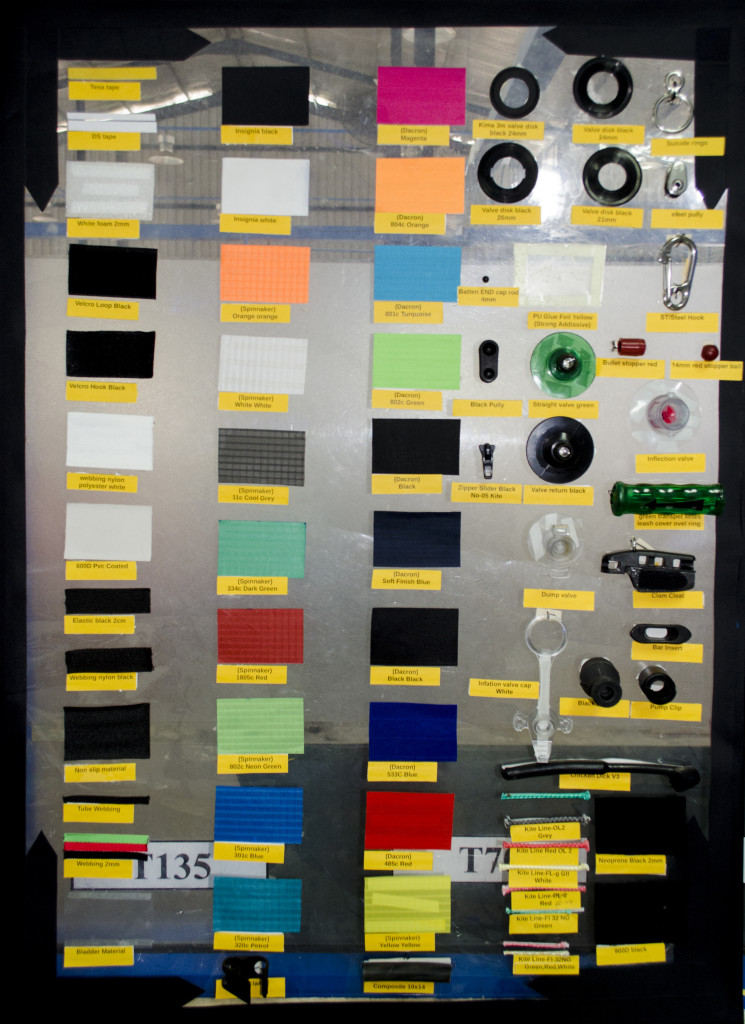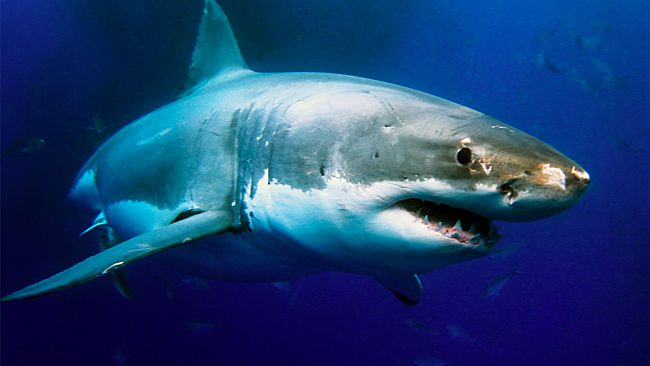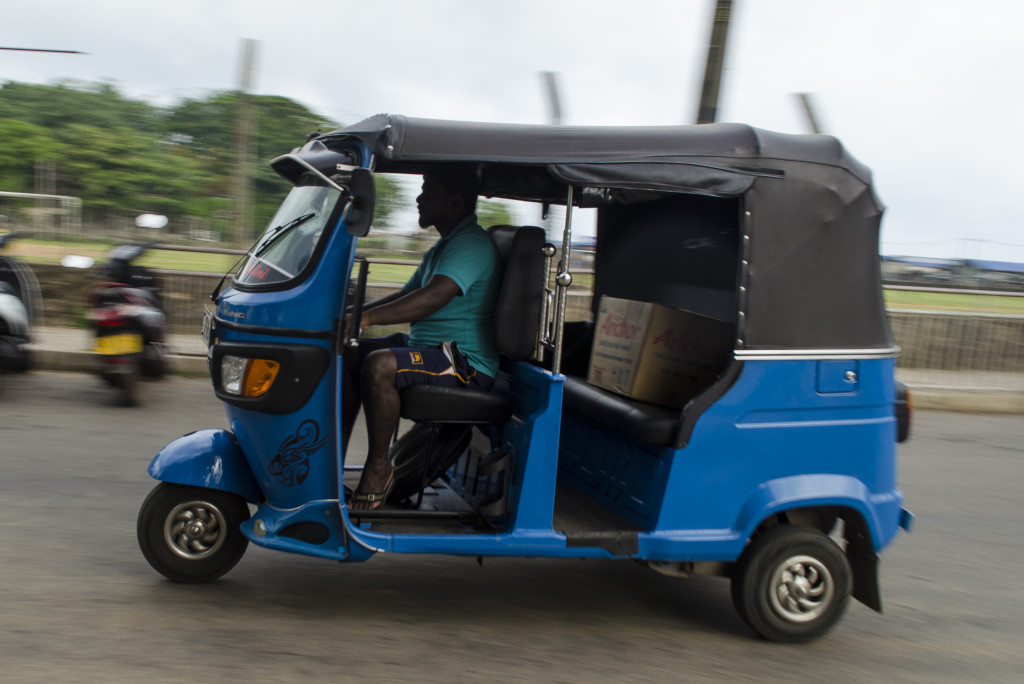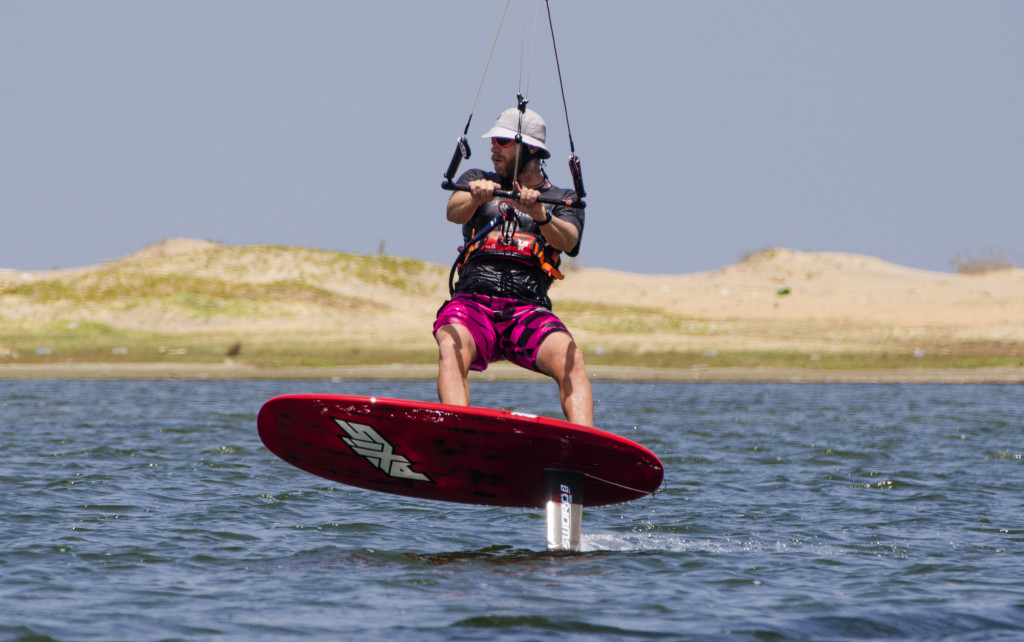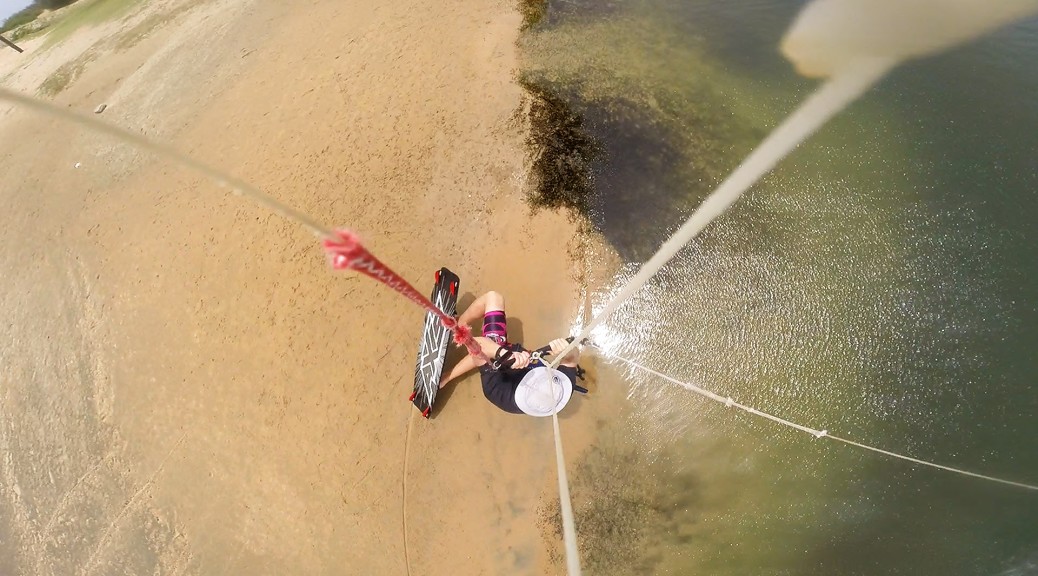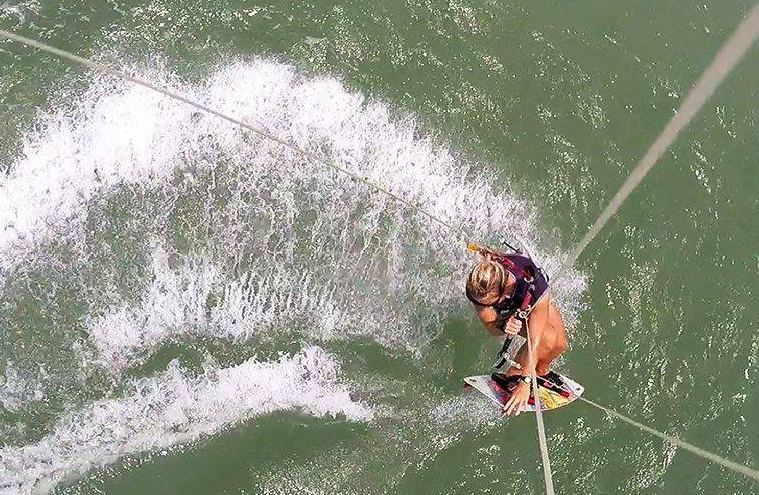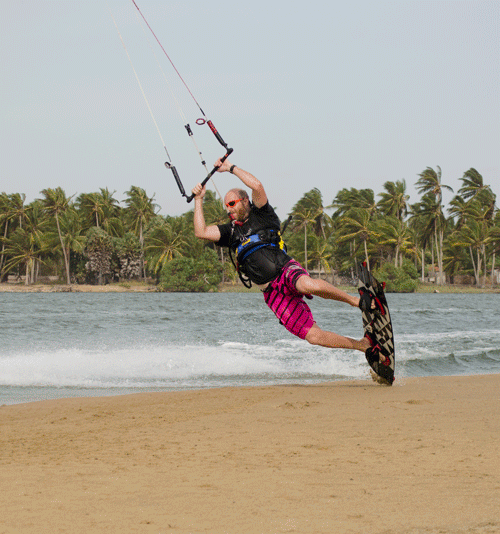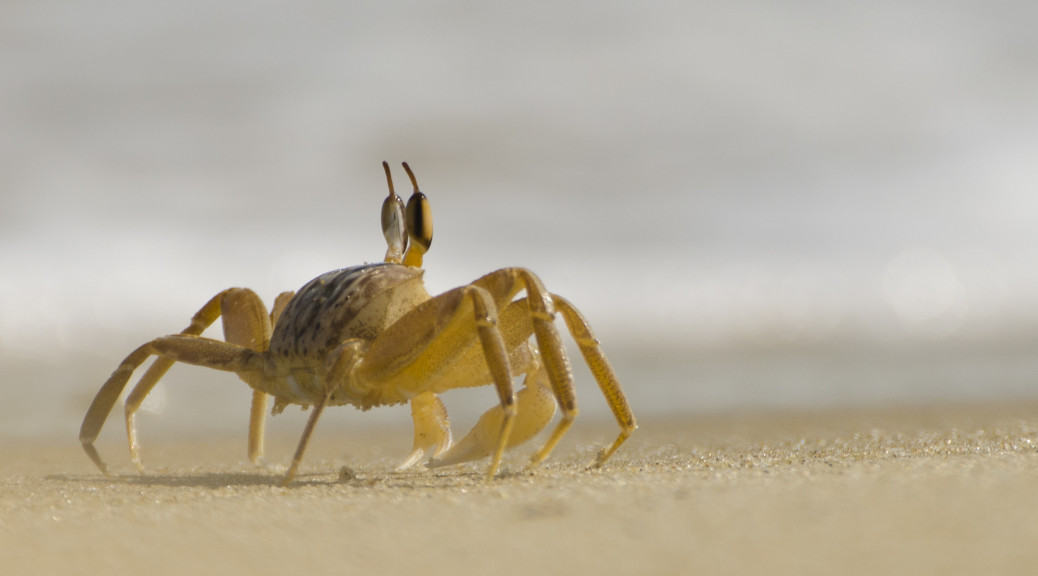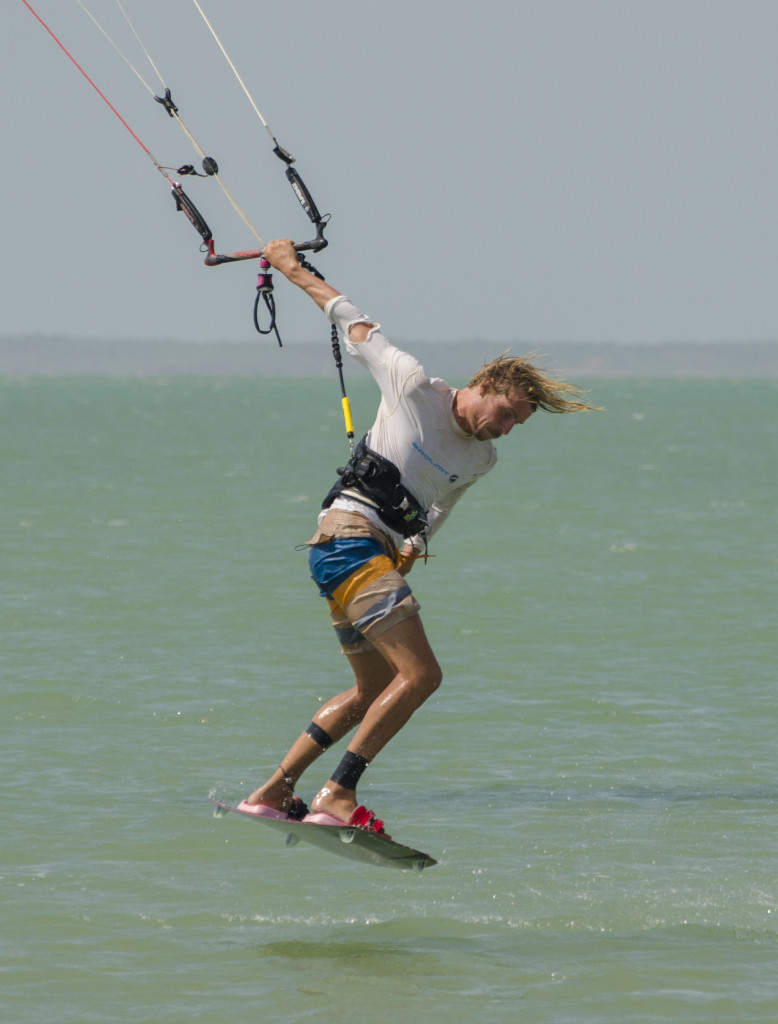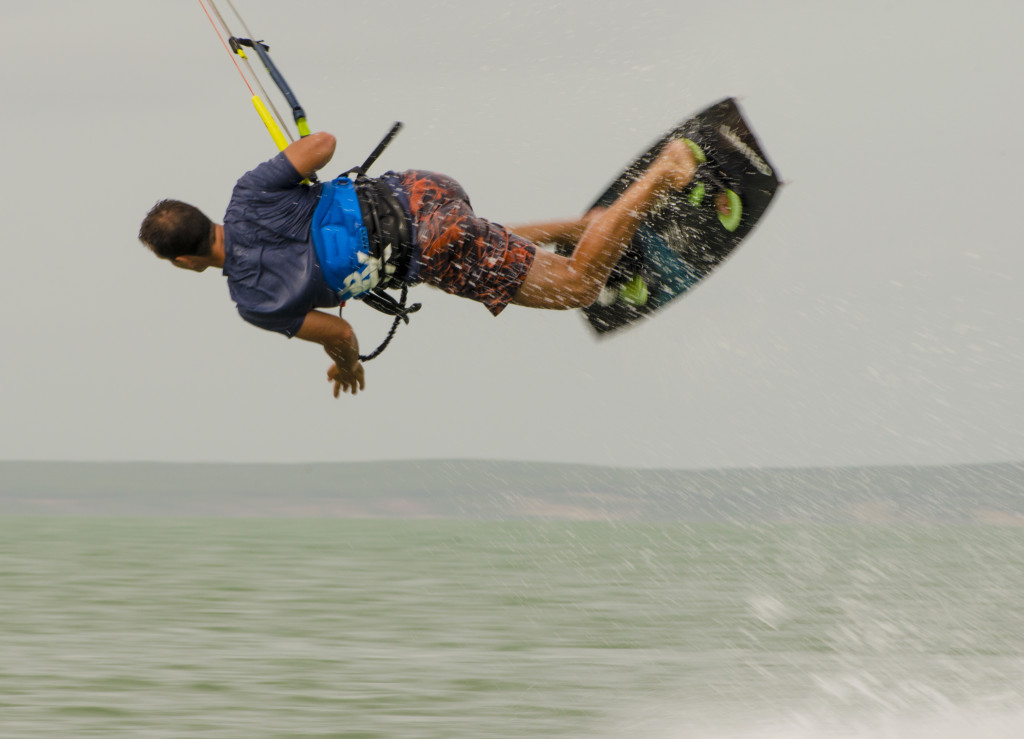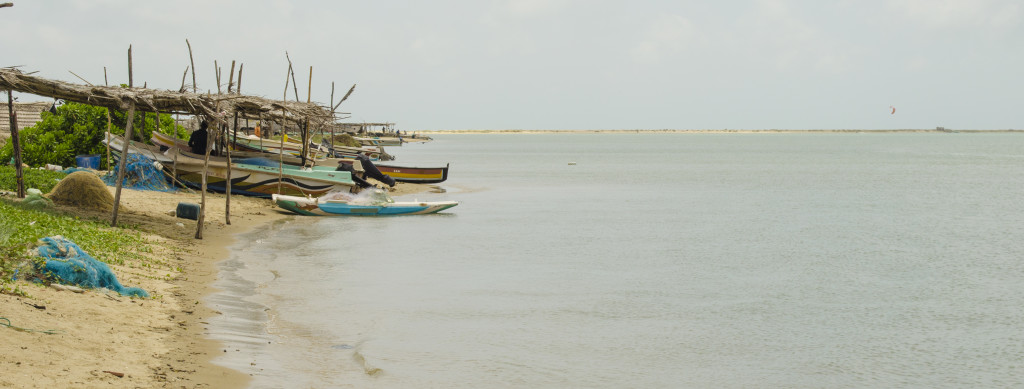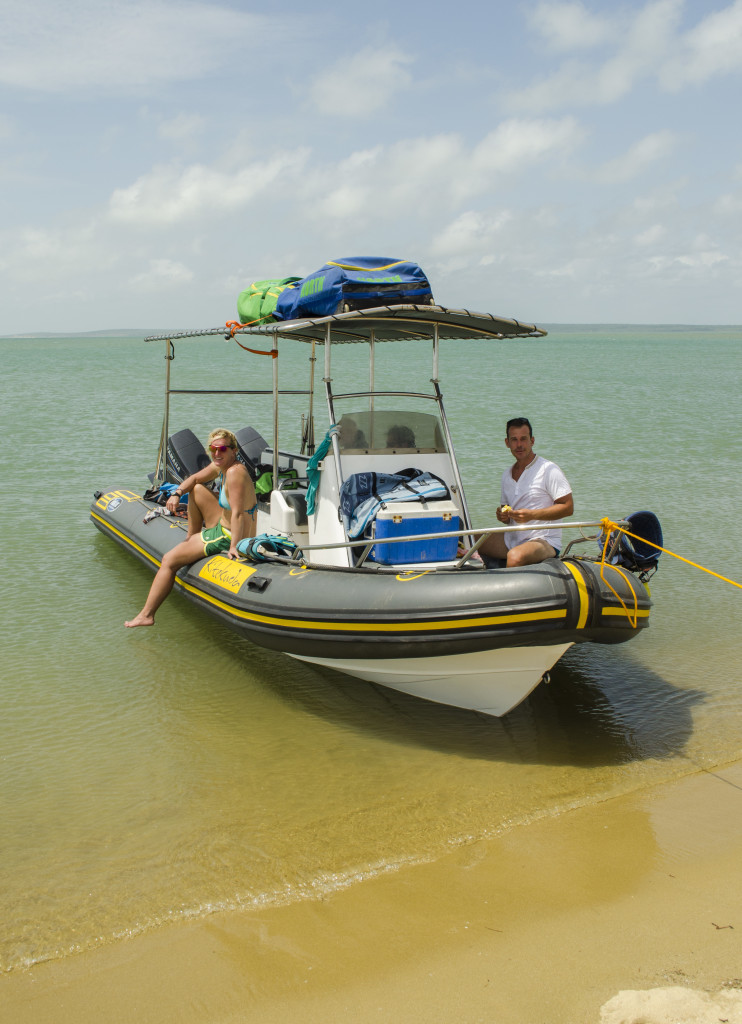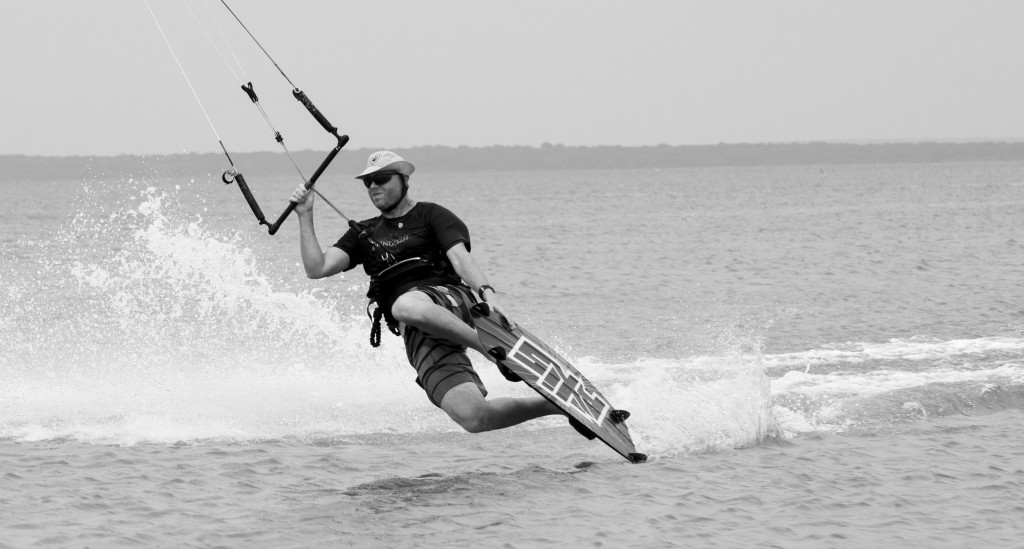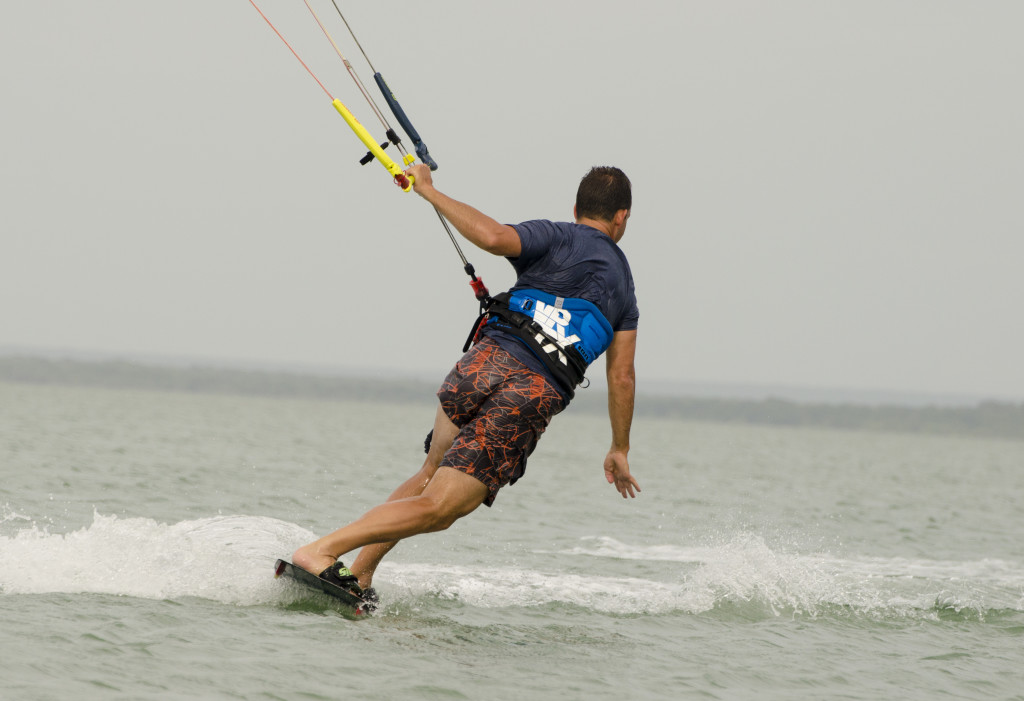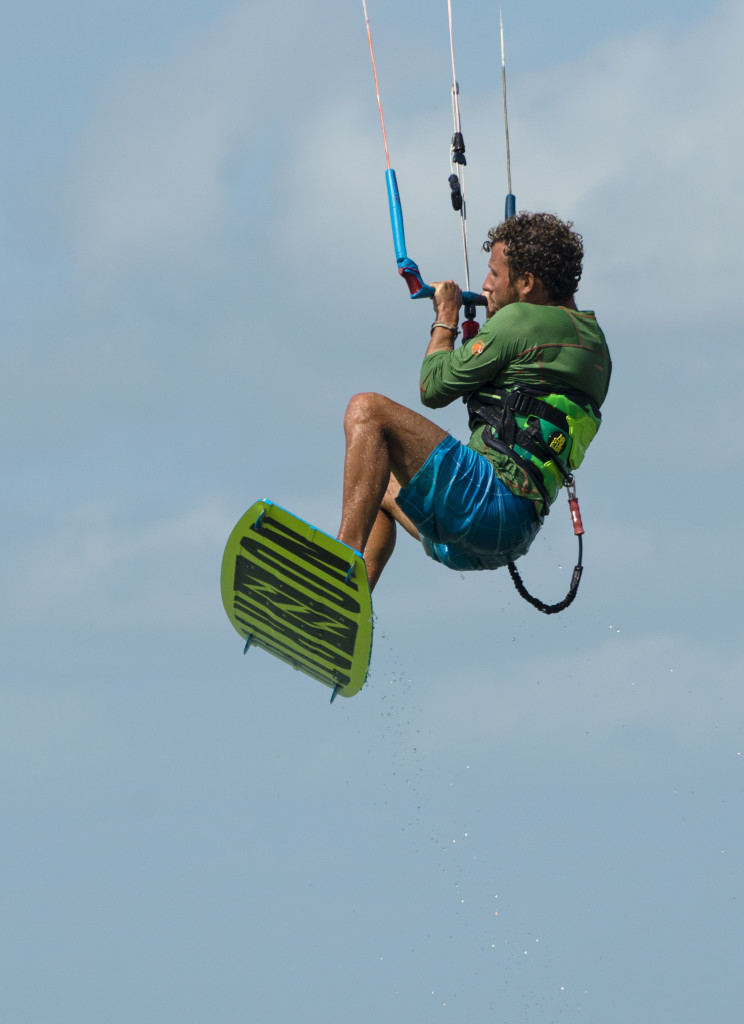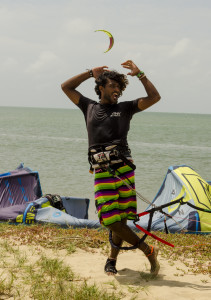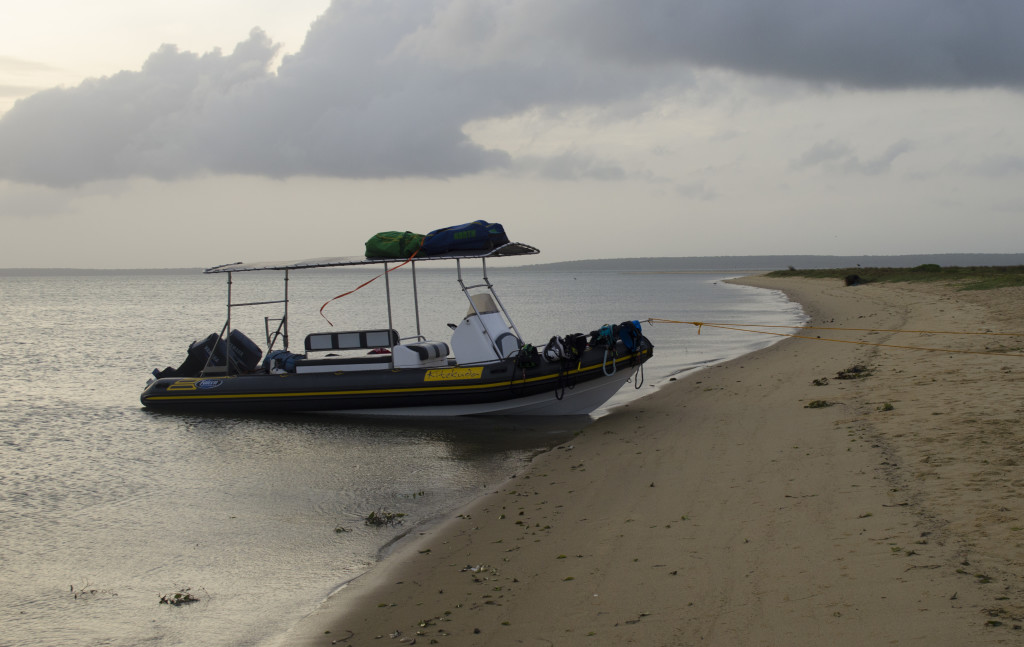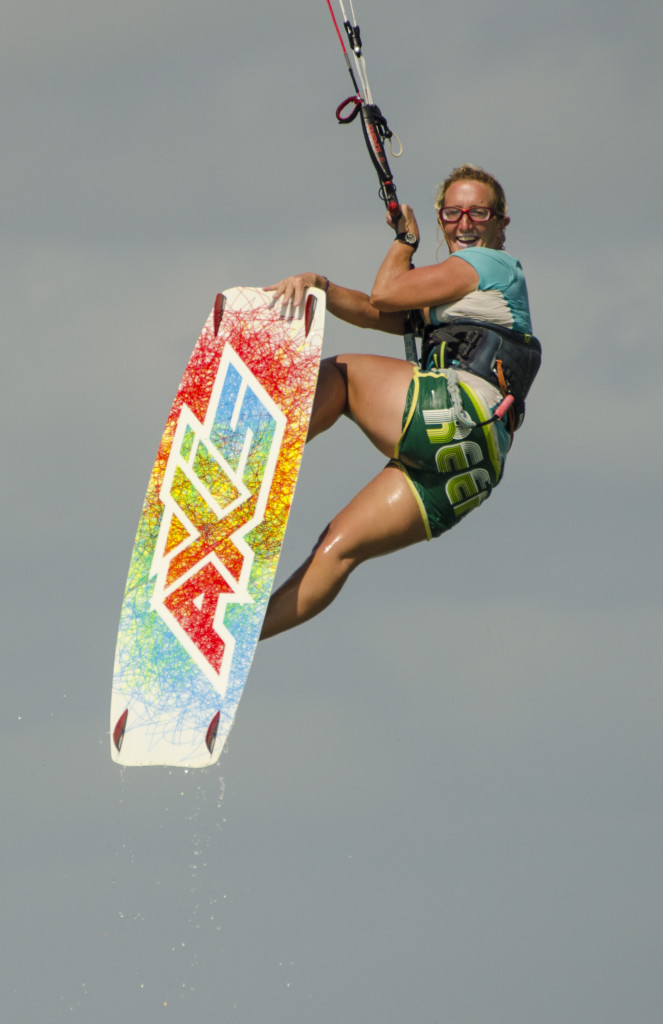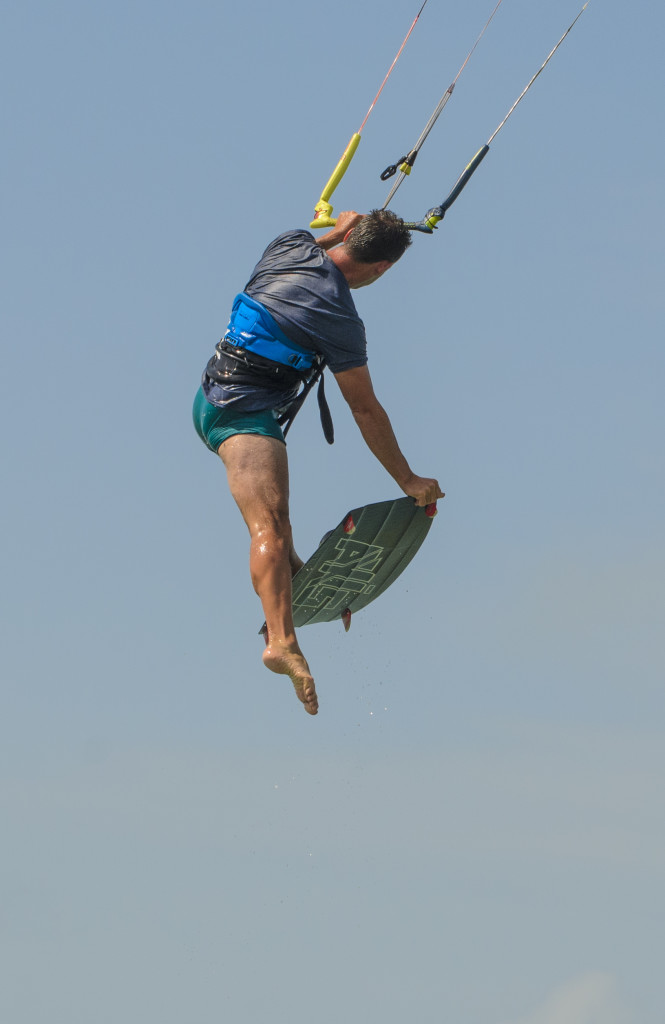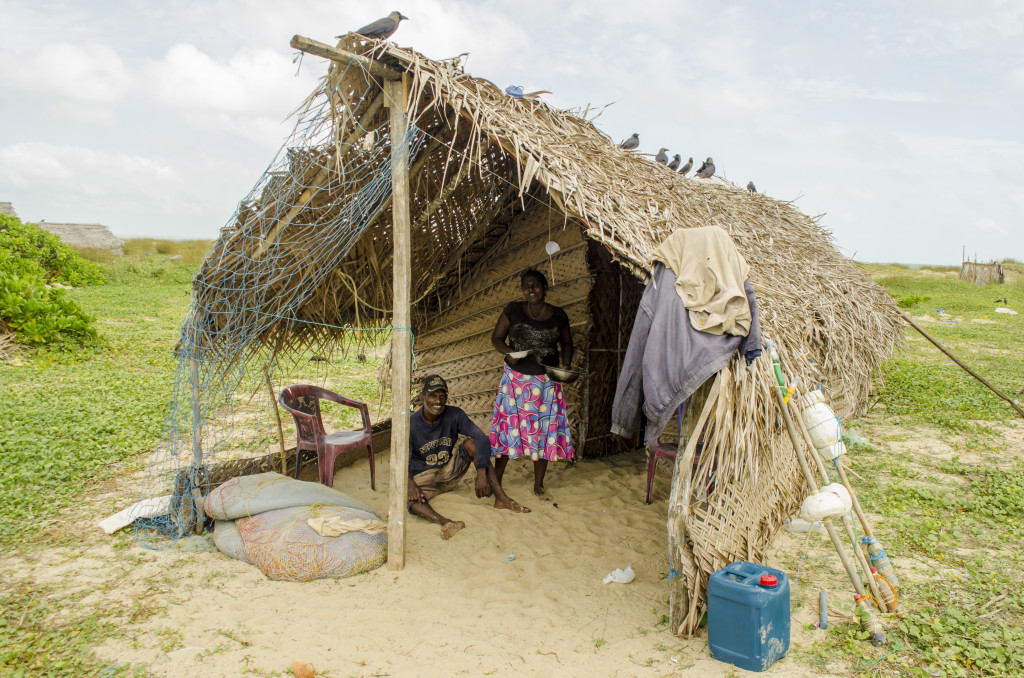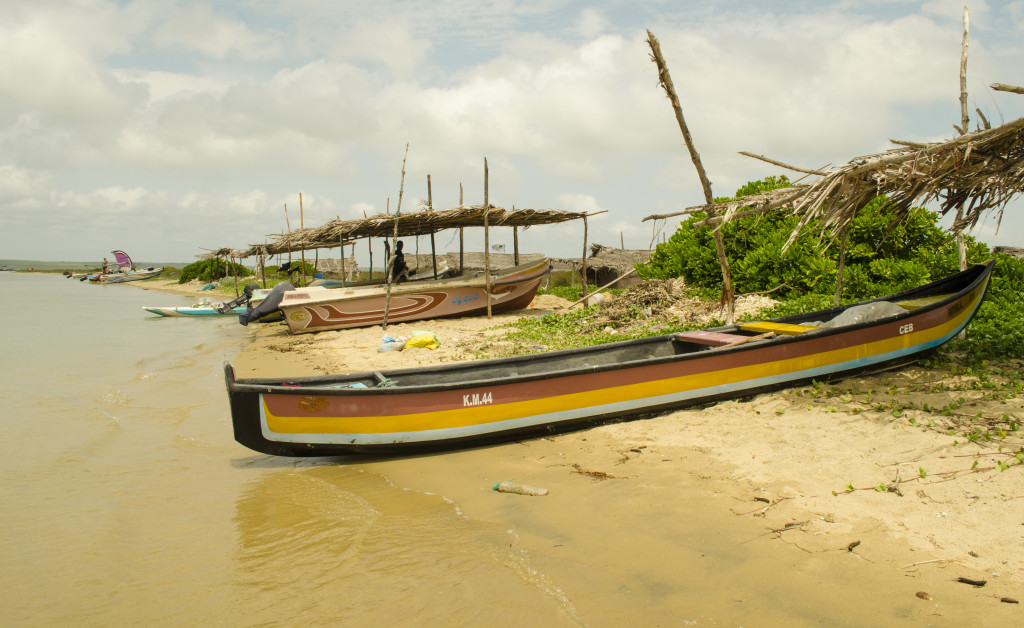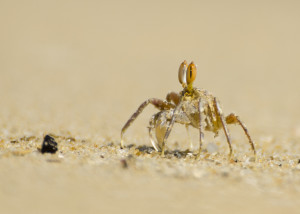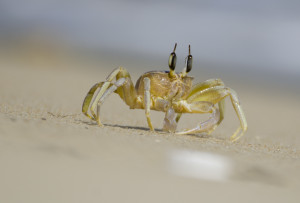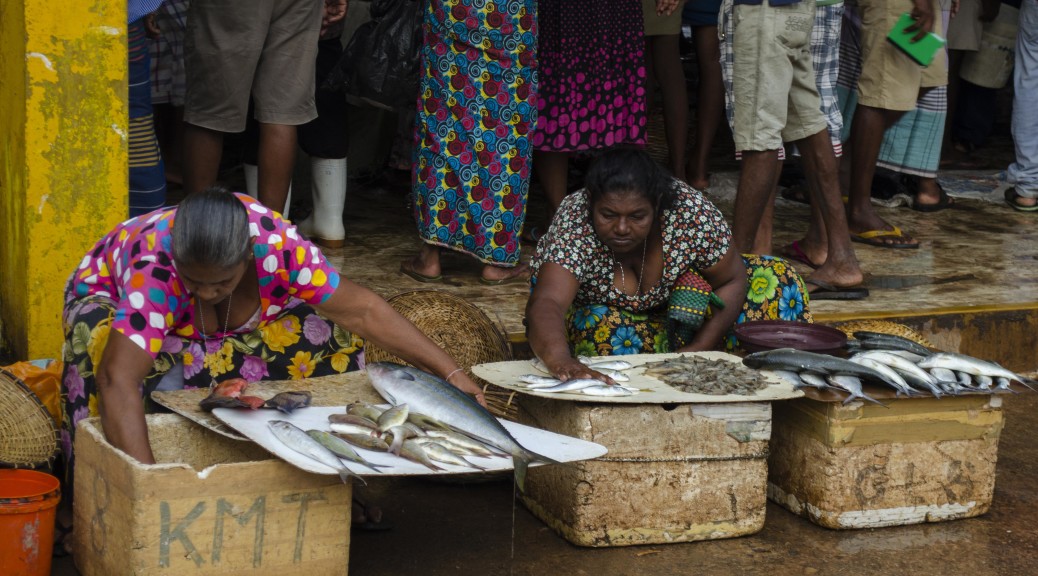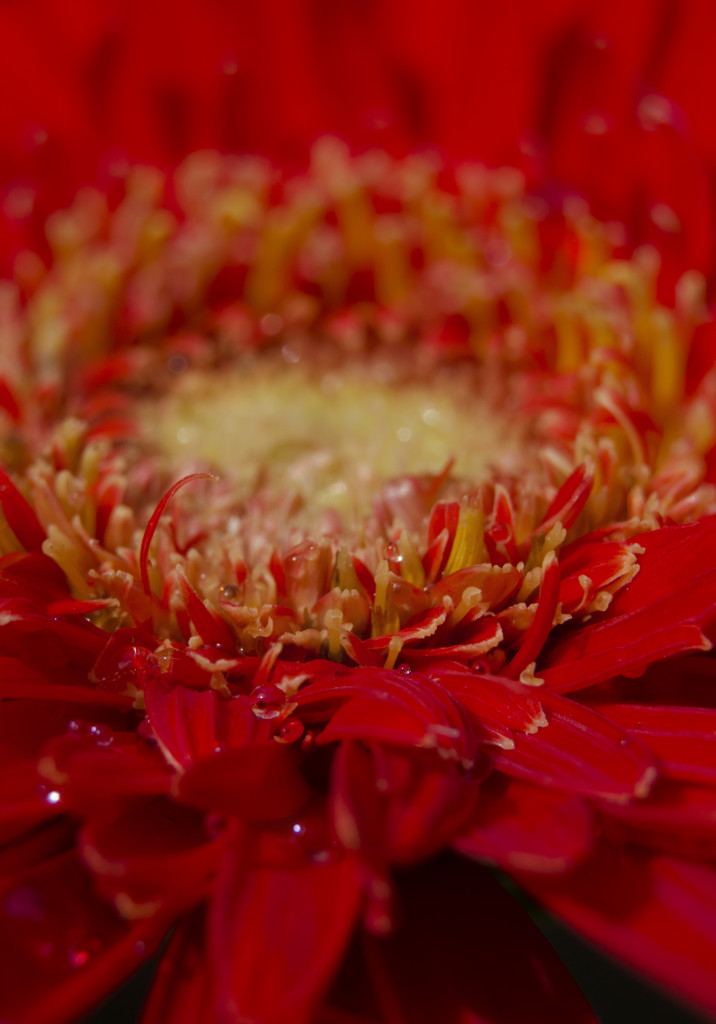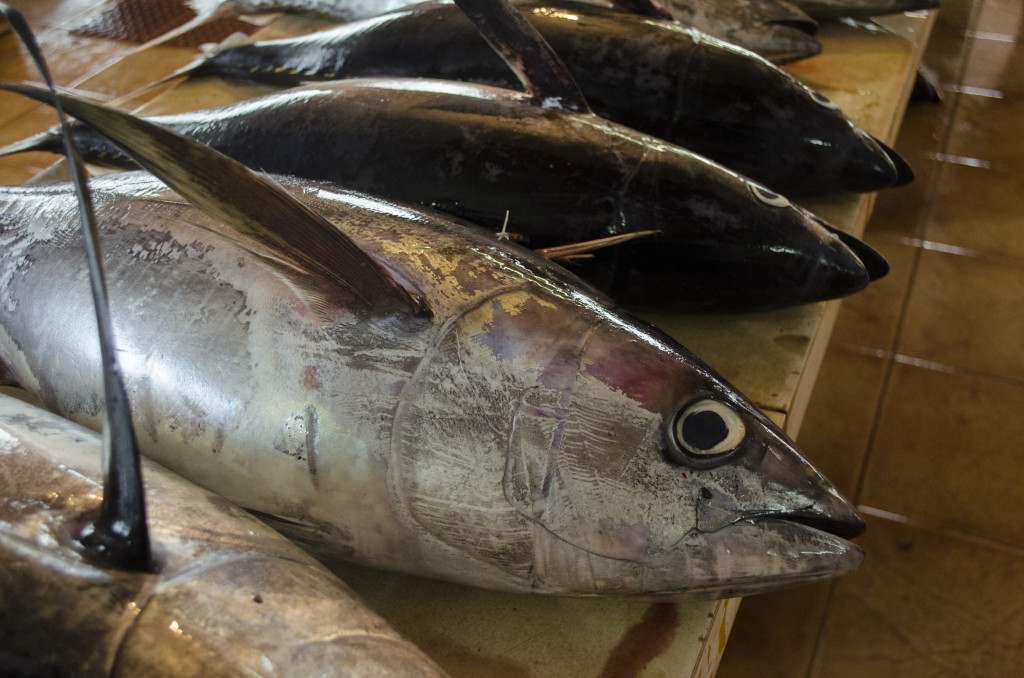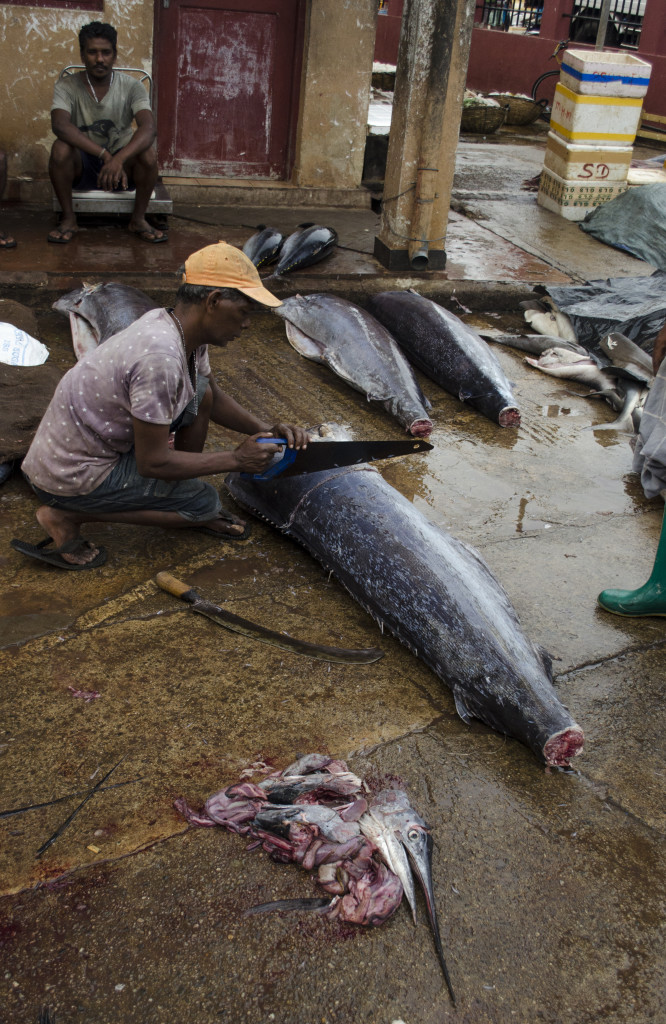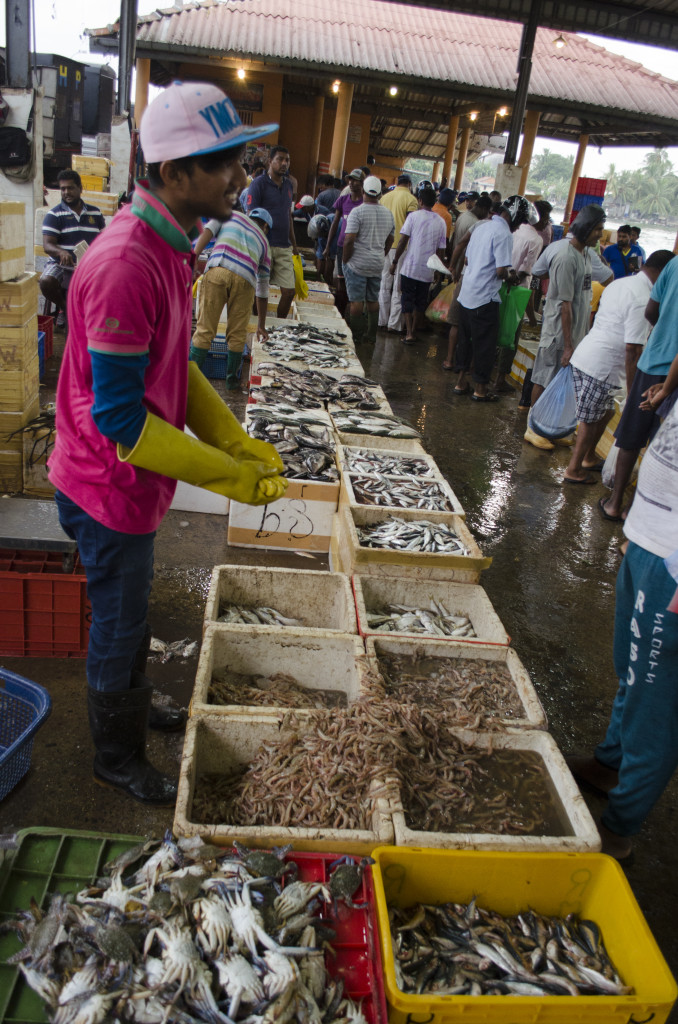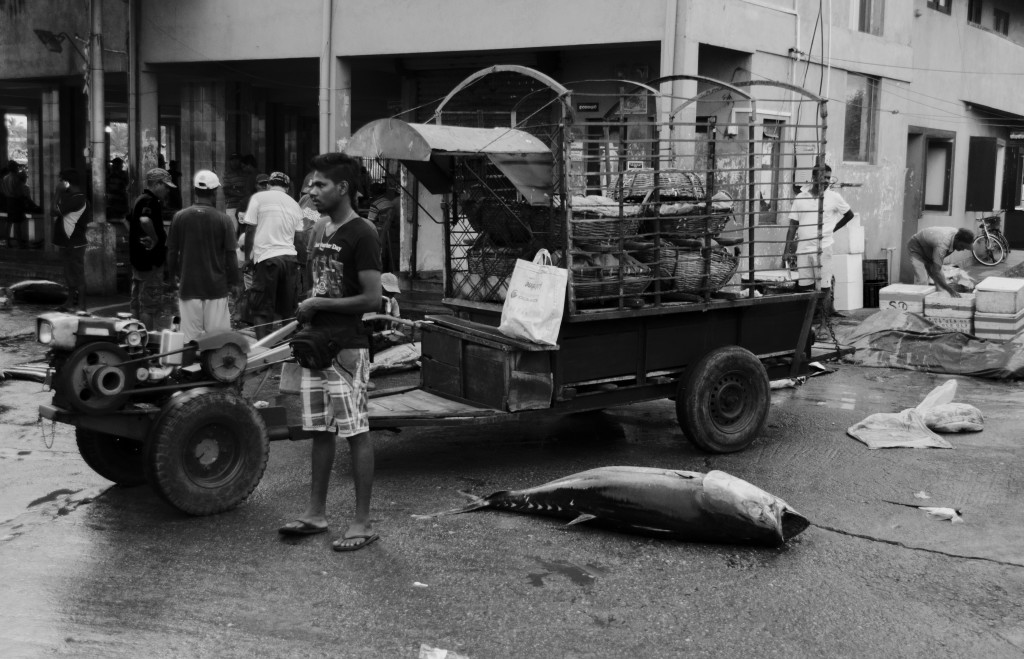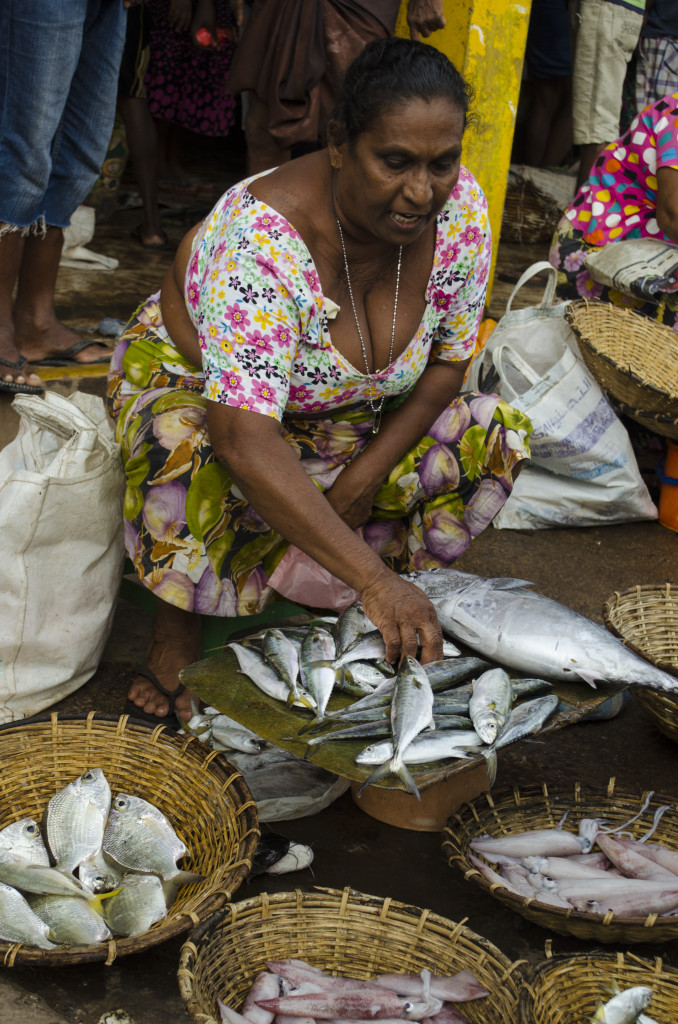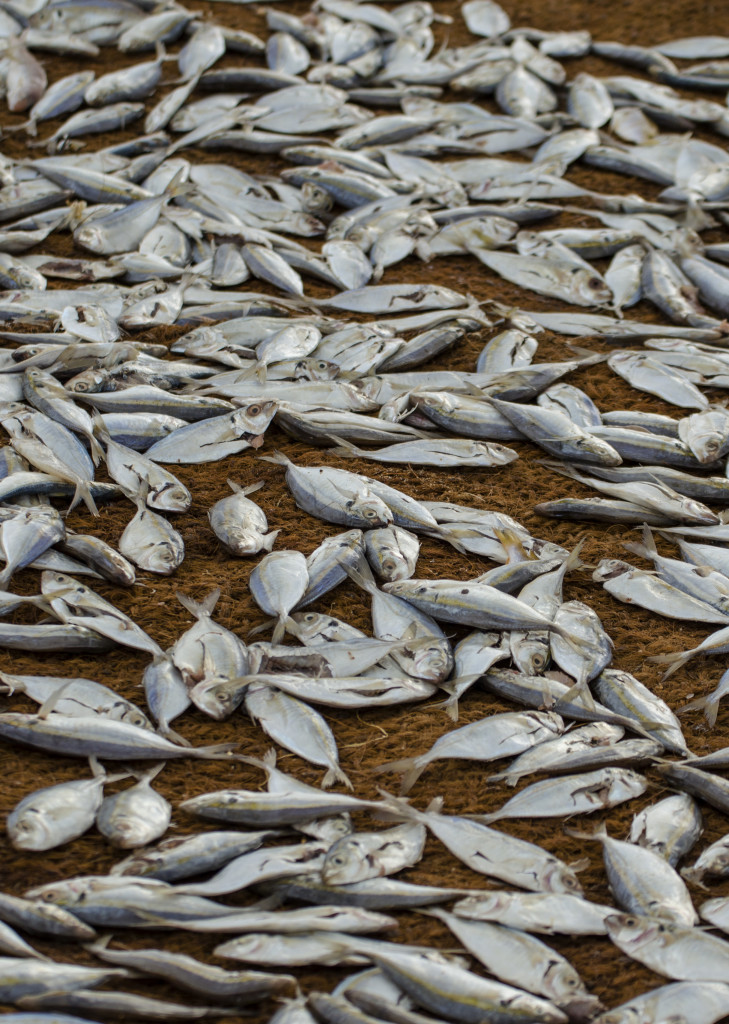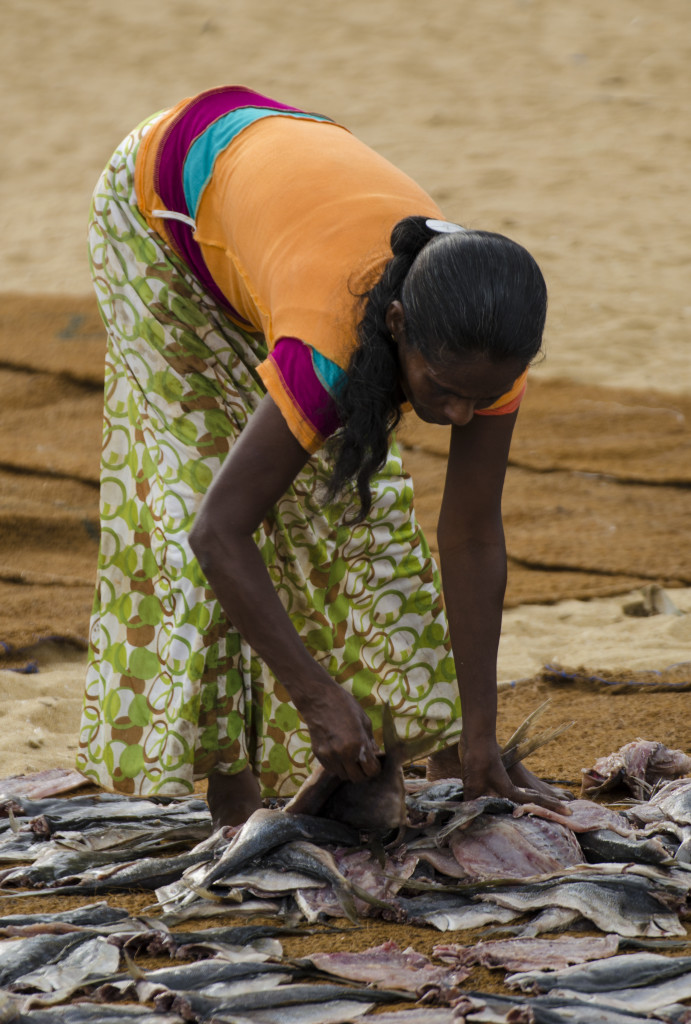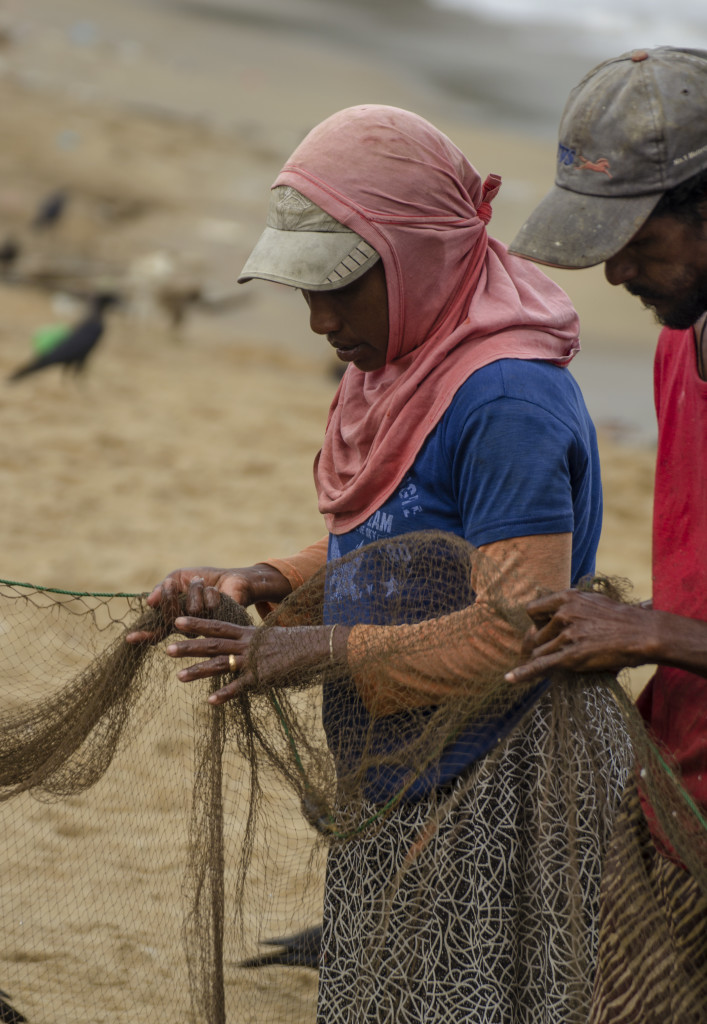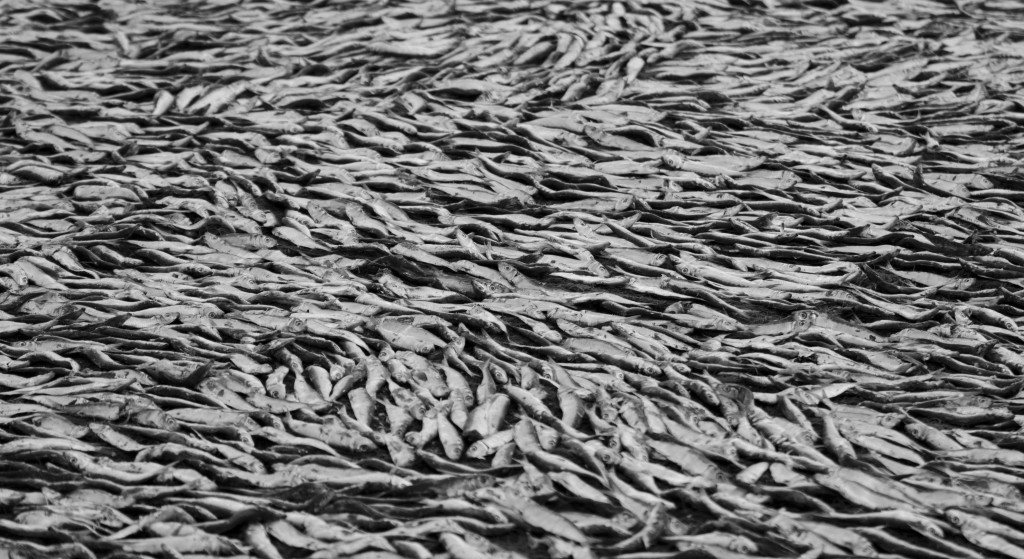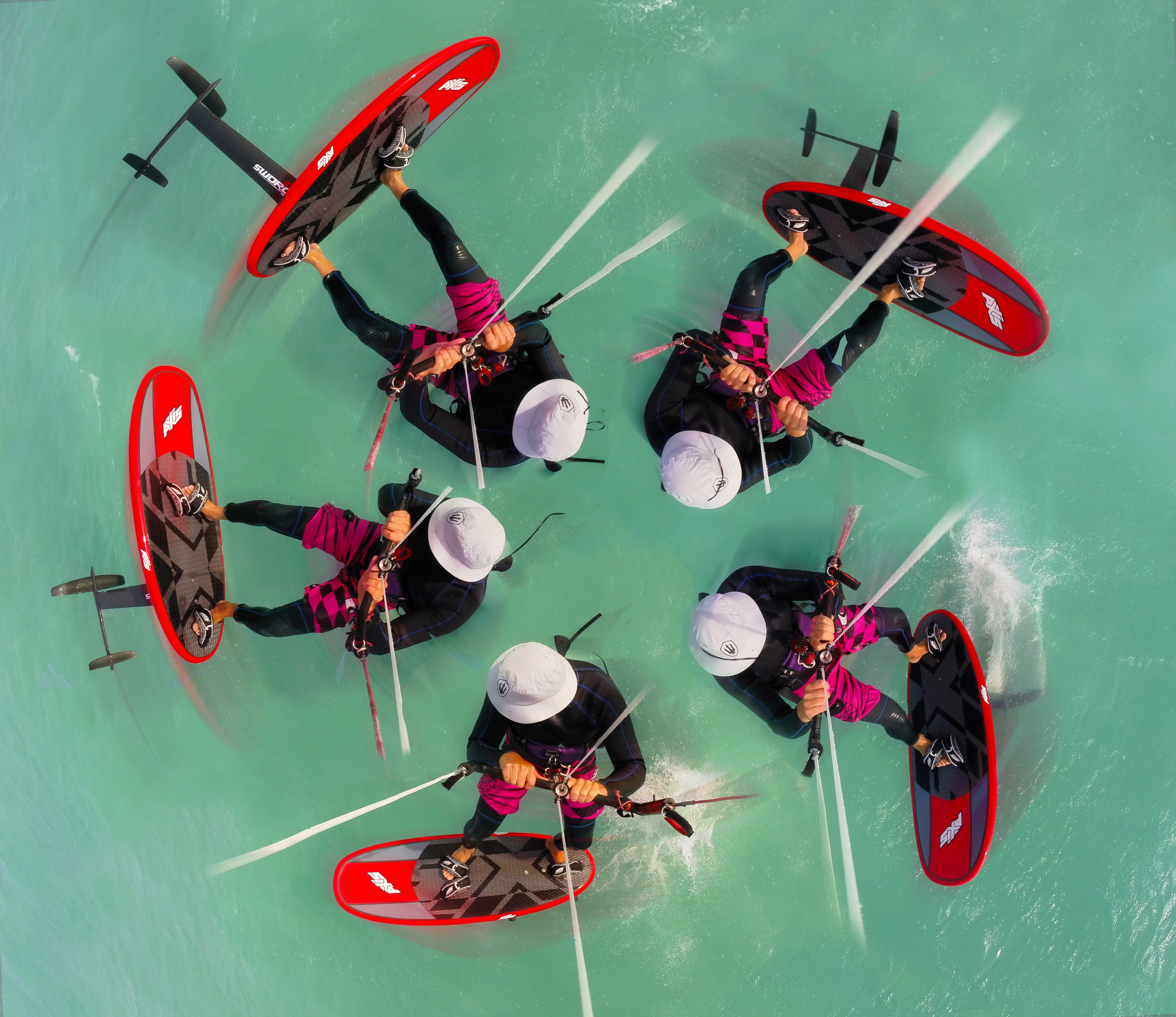by Cathy Padgett
When you see those foilers floating across the water, gliding along, making it look smooth and easy…why are so few of them women?
It’s not just at our local spot in Holbox, Mexico, where we currently have 2 ladies foiling.
In the “Women’s Kiteboarding Community” Facebook group, Nina Macaraig says that in Belmont Shore there are some new lady foilers this season, (awesome!) but they make up a small portion of the overall kiteboarder population.
I’m going to take a look at why you should give it a go and what has been holding the ladies back.
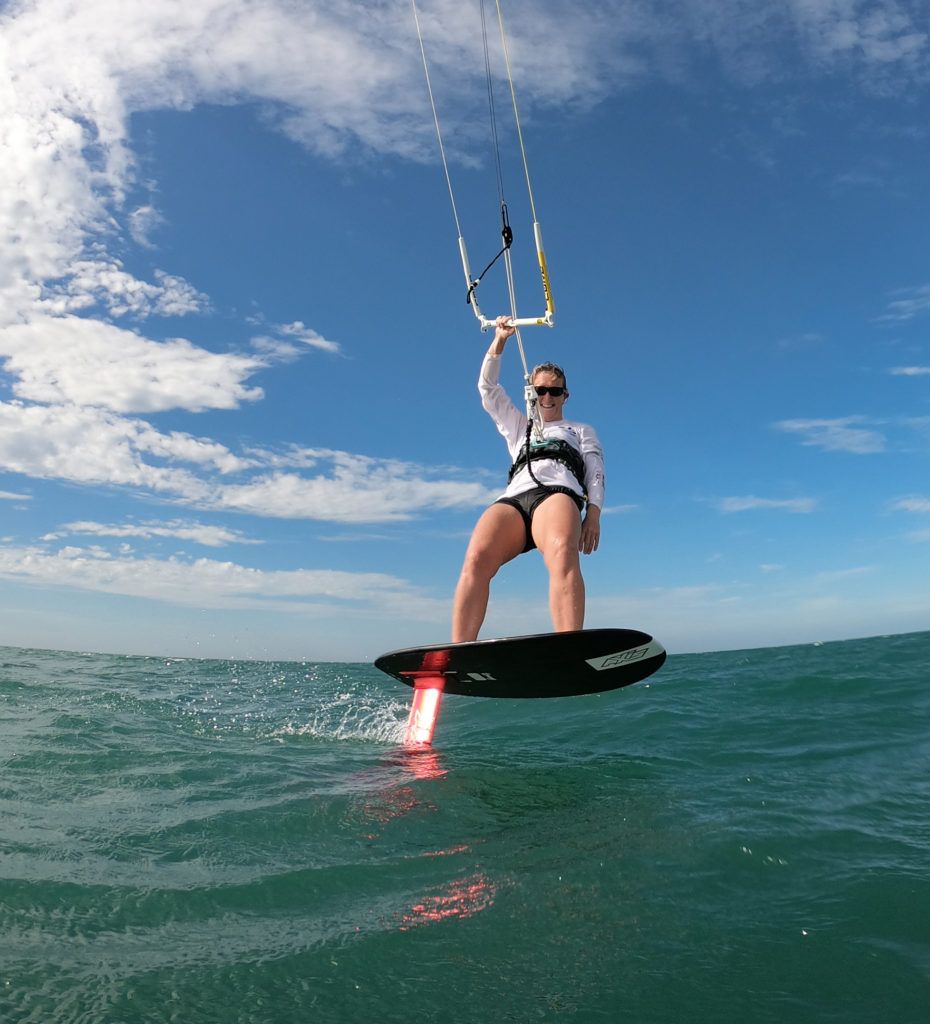
Why should you be thinking of learning to hydrofoil?
Do you want to feel like you’re flying, on a magic carpet floating on the water? If you want to see what crazy angles upwind you can go, covering greater distances and exploring more? Maybe you just want the challenge of learning something new, if you find you’ve reached a plateau with your twintip, or just sat out too many sessions as the wind wasn’t quite right for your twintip…
It’s not just something new and fun to try, it’s something to triple or even quadruple your time on the water. It makes choppy water or less than perfect winds become a pleasure to ride.
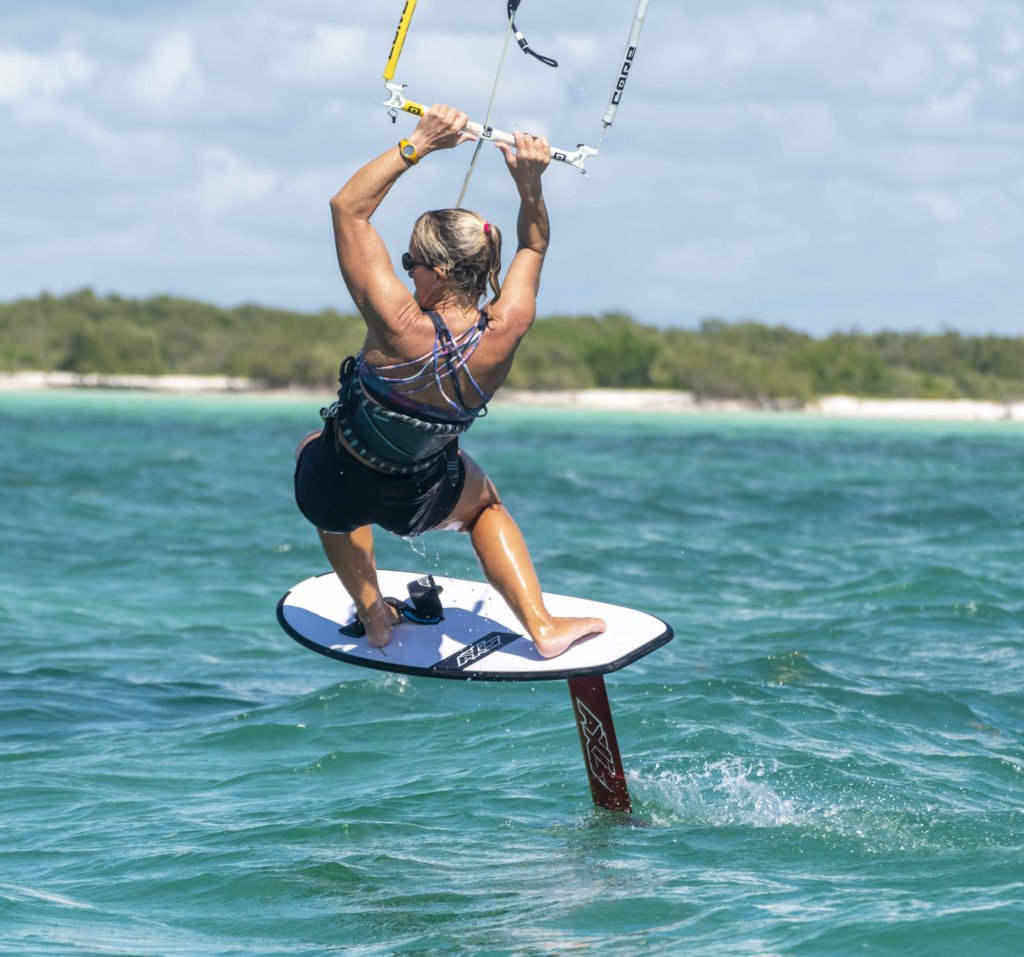
Here’s what other ladies have to say about it:
Steffie (Germany)– “I foil as it’s different, it so cool to just fly! I found I was doing the same old tricks with my twintip, and conditions on the lake great are for foilboarding. Foiling in the waves is something different and amazing too. I tried a hydrofoil race and it was just so much fun.”
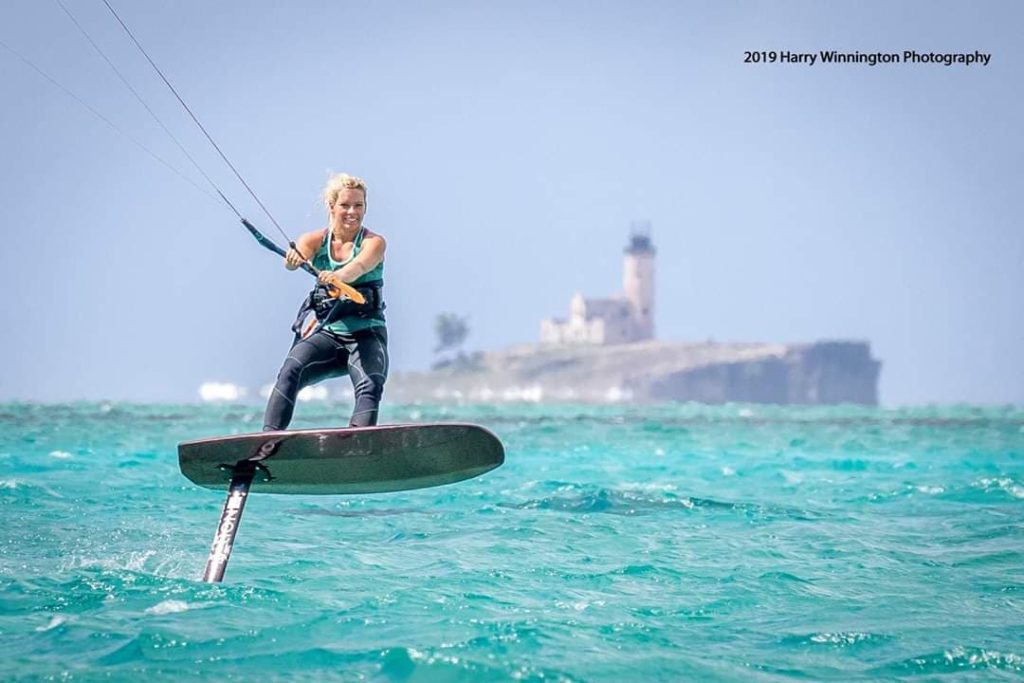
Eva (Colombia) – “It’s brilliant! I love it, I’ve never done anything quite as cool as this. I tried (youth) twintip racing, heard about foil racing and now I’m part of the Youth Federation 2024 Kite Foil project.” (Edit: way to go Eva! One to watch for the future!)
Nina Macaraig (USA, Always Kiting) – “I love that there’s so much to learn on the foil. Foiling for speed feels like sailing more than kiteboarding, and so to me it’s almost like a different sport. The feeling of slicing through the water with the kite lines humming from the speed is really incomparable. Plus I have basically quadrupled my time on the water! I also love the fact that foiling requires so much more finesse than twin-tipping, where you can muscle your way out.”
Susan B (USA, Recoup Wellness Co-founder) – “It’s exciting to learn! The feeling is surreal, activating parts of your brain that are normally on autopilot. I love that feeling of awareness and awakening when you challenge your body and mind to something try new. “
Iris (Germany) – “I loved the idea of having another option for low wind days! I was curious and found it fascinating, and I enjoy learning something new. I love this feeling of being above the water – the silence and tranquillity – the waves below you – that you can go basically everywhere to all directions. You want deeper waters and this usually means less crowded spots with more space on the water, so you get to know and enjoy more beautiful spots. Foiling gives you so much more flexibility so you really can extend your personal wind range. “
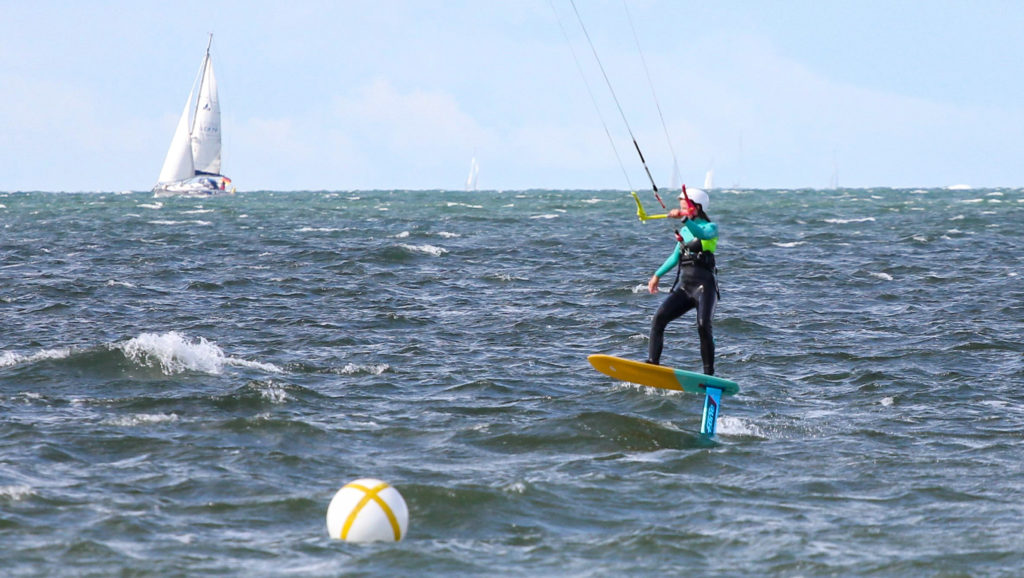
So, what’s holding back women from getting into this different branch of kiting?
Checking in with the ‘She Flies’ group, (an awesome bunch of lady shredders), a few comments came back:
- It’s only for low winds
- It’s too expensive
- I’m not good enough yet or lacking the confidence to try.
- I haven’t even tried a directional yet
- I’m happy with what I’m doing at the moment
- I’m intimidated by the board
Let’s have a further look into these comments, and do some myth busting!
Myth #1 – “it’s only for light winds”
Hydrofoiling will allow you to go out in lower winds, that’s for sure, but it’s most fun from 12-18knots. It’s even possible in high winds – my boyfriend absolutely loves ripping around on his 6m in 20+knots…and as a heavier guy, it’s amazing for him to be able to enjoy smaller kites on his foilboard.
Learning to foil shouldn’t be done in super light winds, where it’s hard to relaunch the kite, or the kite falls out of the sky. In the beginning having good stable winds is helpful, just like when you learnt to waterstart on a twintip. Sure, as you progress, you’re likely to want to go out in lower winds, so your kite control will become key. You’ll find that foiling will improve your technical skills too.
Recognising when the wind has changed, or starts to become flaky is an important skill. Since foiling I’ve learnt more how to read the water conditions to anticipate gusts or a hole in the wind. The dreaded foil ‘swim of shame’ comes when people have stayed out too long or risked foilboarding when the wind is too low. Your choice!
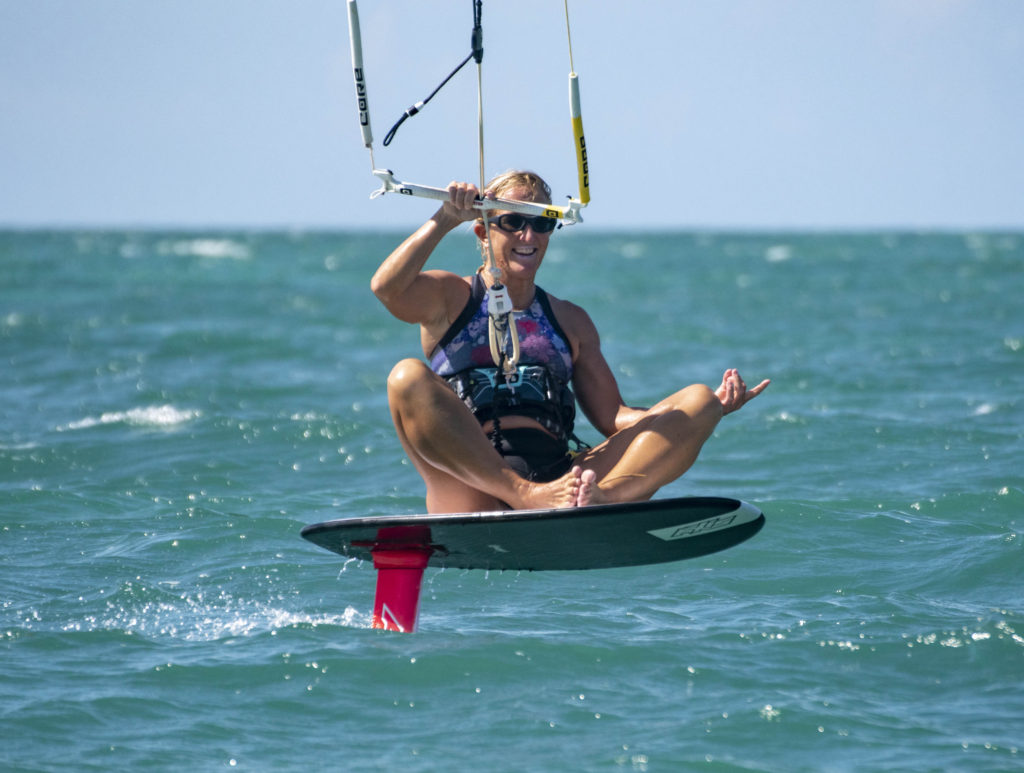
Myth #2 – “it’s too expensive”
A few years ago there was only race equipment available, lots of carbon, high end gear, which I agree, is super expensive. Fortunately now there’s a lot more entry level foils, different styles, and much less intimidating prices! If you wanted to ride in lighter winds and need to buy a larger kite, a new foil and board can even be cheaper than a new kite and bar. Not to mention it will be much more fun 😉
I really rate the Axis K series foils as a super set up – suitable from beginner to intermediate and more, plus the wings are interchangeable if you want even more choice. I chose a 600 front wing as it’s super stable, but also gives me chance to go fast. More importantly, I’ve made huge progress since changing to this wing from a faster racier setup.
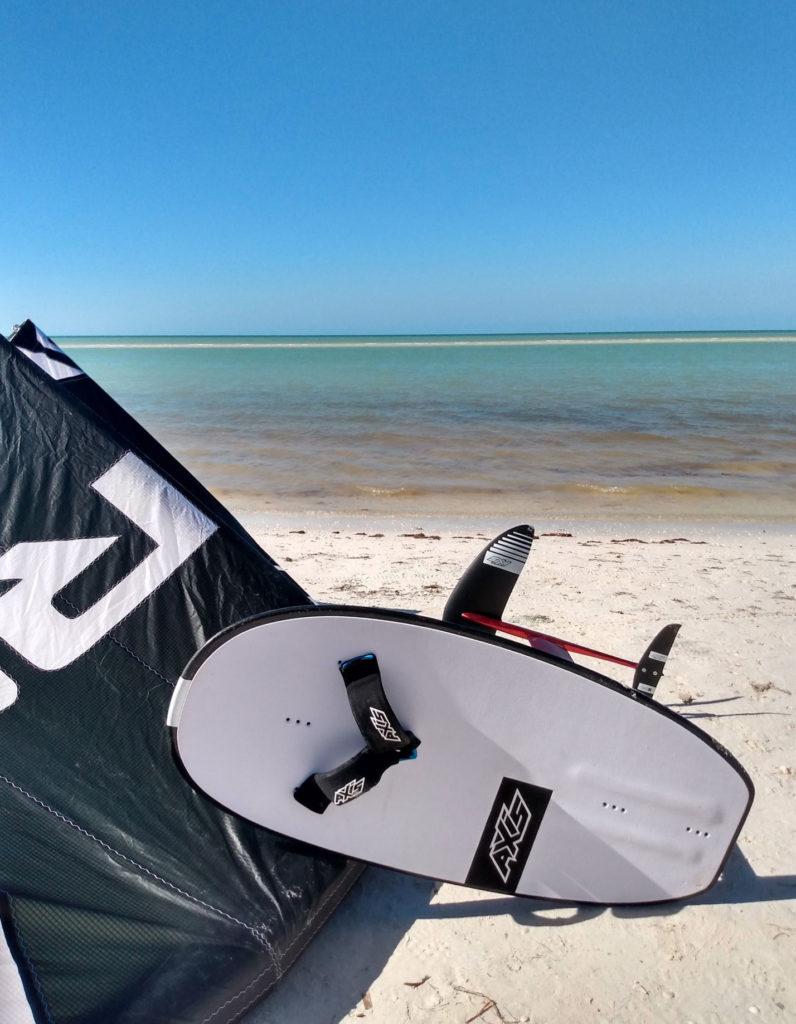
Myth #3 –“i’m not good enough yet”
If you’ve read this far then you almost certainly are good enough!
If you can ride upwind comfortably, do a basic jump, and have good kite control, then you have enough basic knowledge to learn to foil. You don’t need to be an expert learning the latest unhooked tricks, or get the biggest airs, just a willingness to learn and have an open mind.
I strongly recommend taking lessons, as you’ll get the fastest progress in a short space of time. You’ll cover all the essentials in a safe and controlled manner. The idea is to foil when you decide, under control, rather than uncontrolled flights leading to wipeouts.
You WILL need a ton of patience, and good kite control as you start to figure out how the balance is different, and how the board works differently. I’m not going to lie, you will probably have a crash or few, but it’s part of the learning process!
From teaching kitesurfing I’ve found out that women are often more intuitive and want to understand how things work before trying it, often with a more subtle approach. Great news for learning to foil, as this ‘step by step’ approach works really well. You simply can’t use lots of force to get yourself up, it needs to be more thoughtful.
Myth #4 -“I haven’t even tried a directional board”
Previous experience on a directional or surfboard isn’t necessary. It helps later on, when learning to jibe or tack, but in the beginning you’ll be learning about the balance and trying to get that silent feeling as you glide above the water. Smooth!! By the time you’re learning to tack and jibe you’ll be hooked anyway…
Myth #5 -“I’m happy with what I’m doing at the moment”
That’s awesome if you want to enjoy your water time, and the current toys available to you. I’ll just say that foiling has allowed me to ride out in more conditions, and times when the conditions aren’t that good for my twin tip. If the wind is gusty or tricky, if there’s a current running, then I know I’ll have much more fun on my foil.
I guess I’m being picky about twintip conditions, as choppy water and gusty winds can be fine on a twintip…. but it’s just smoother and easier on a foil.
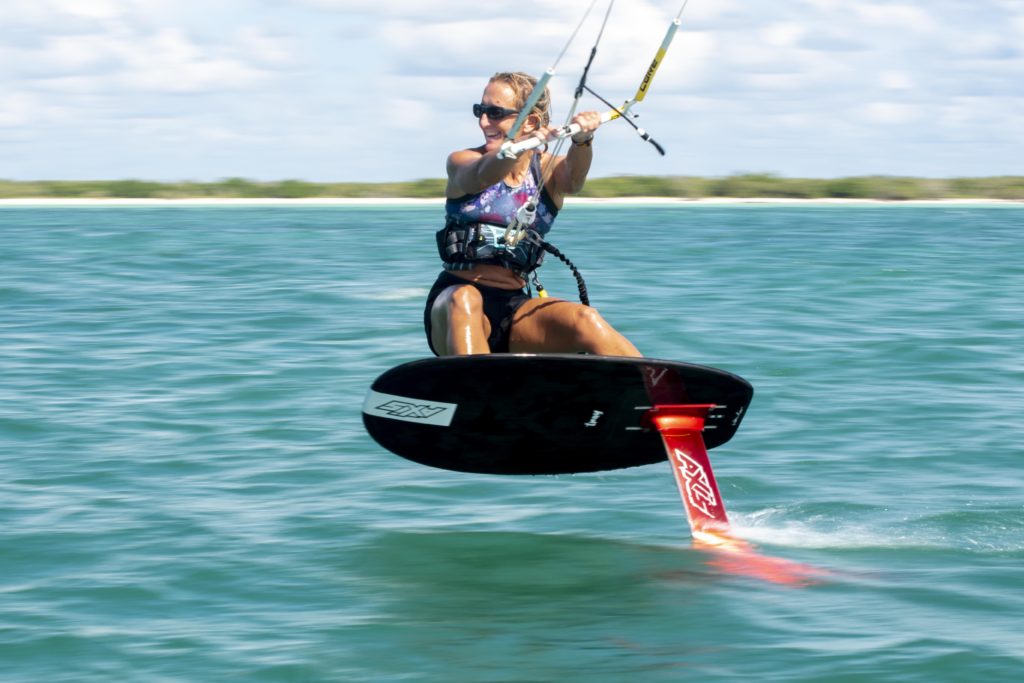
Myth #6 – “I’m intimidated by the board”
Maybe it’s the way women learn, or just that women plan and think things through that makes us more risk averse? I’d love to hear your thoughts on this!
There is an element of risk to learning to kitesurf, and we manage those risks by choosing the right equipment for the wind speed, safe places to kite, and going out with friends.
This also applies to foiling, we choose the right equipment (helmets are essential!), adjust the settings, plus we have a shorter mast to help get the feeling of starting and flying, before upgrading to a full length mast when you’re ready.
What are you waiting for? If it’s warm waters, and ideal conditions to learn to foil in, then drop us a line at whenitswindy.com. (or directly via Cathy Padgett (@super_padge) • Instagram photos and videos ). We’ve got beginner friendly gear, and we’ll help cheer you on!
Links:
